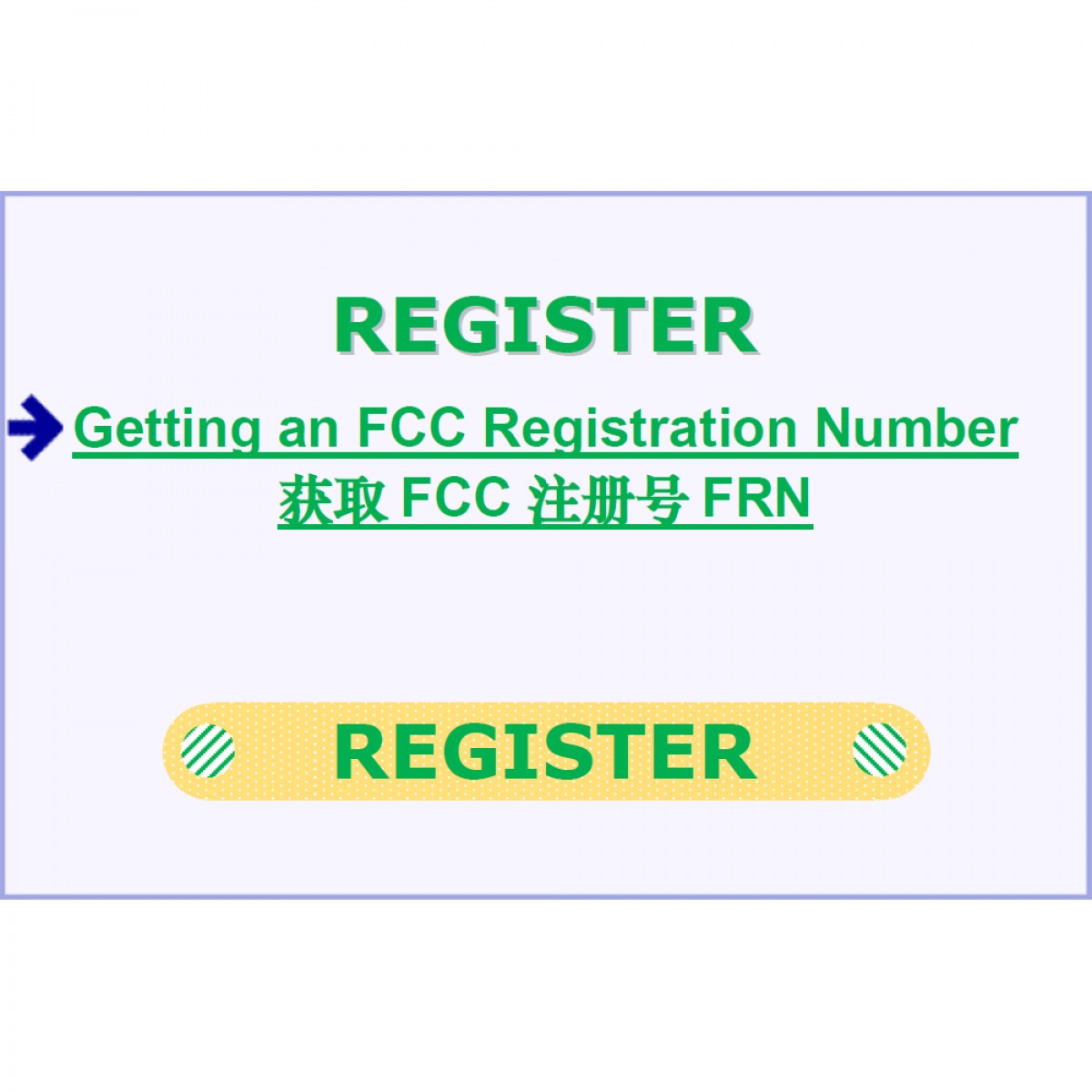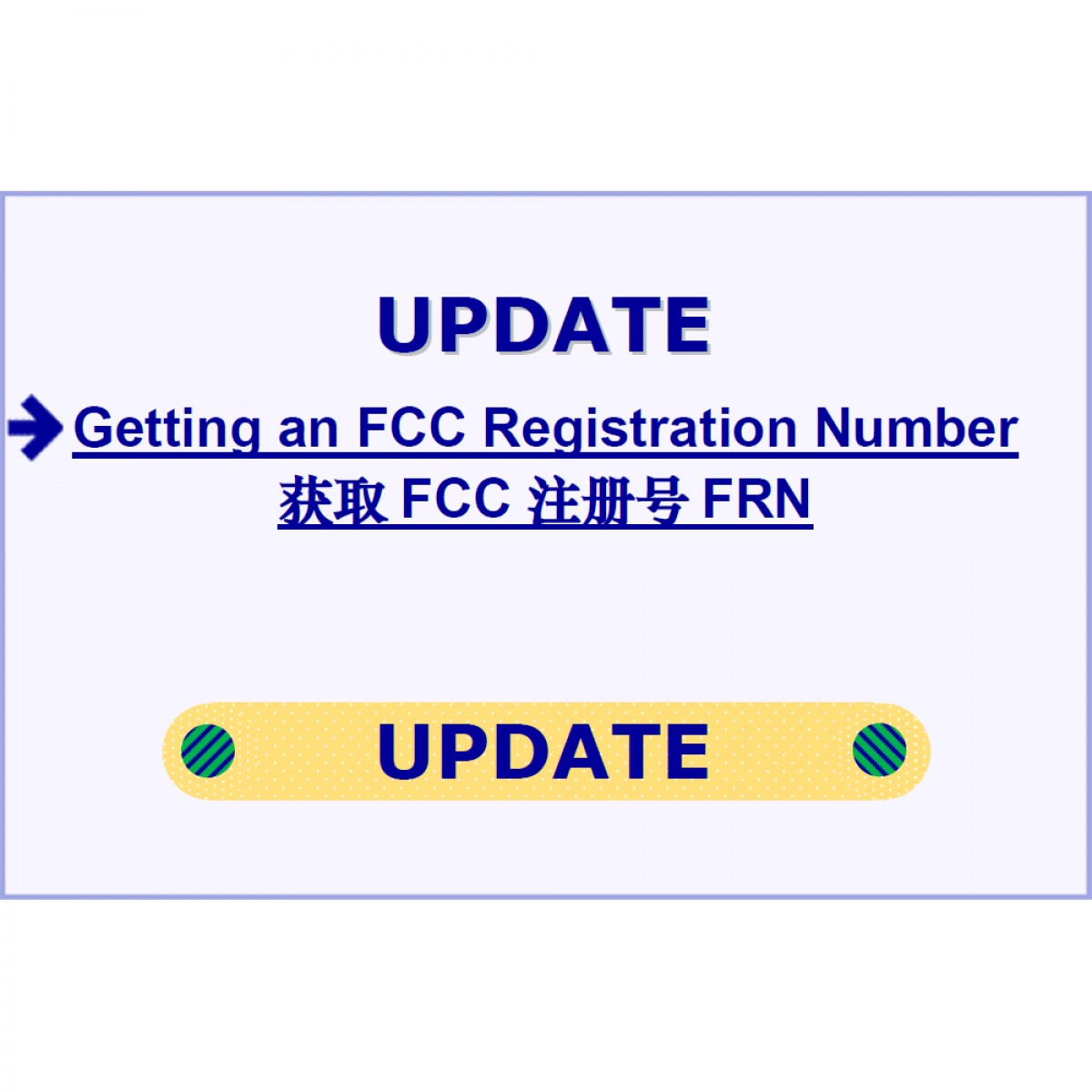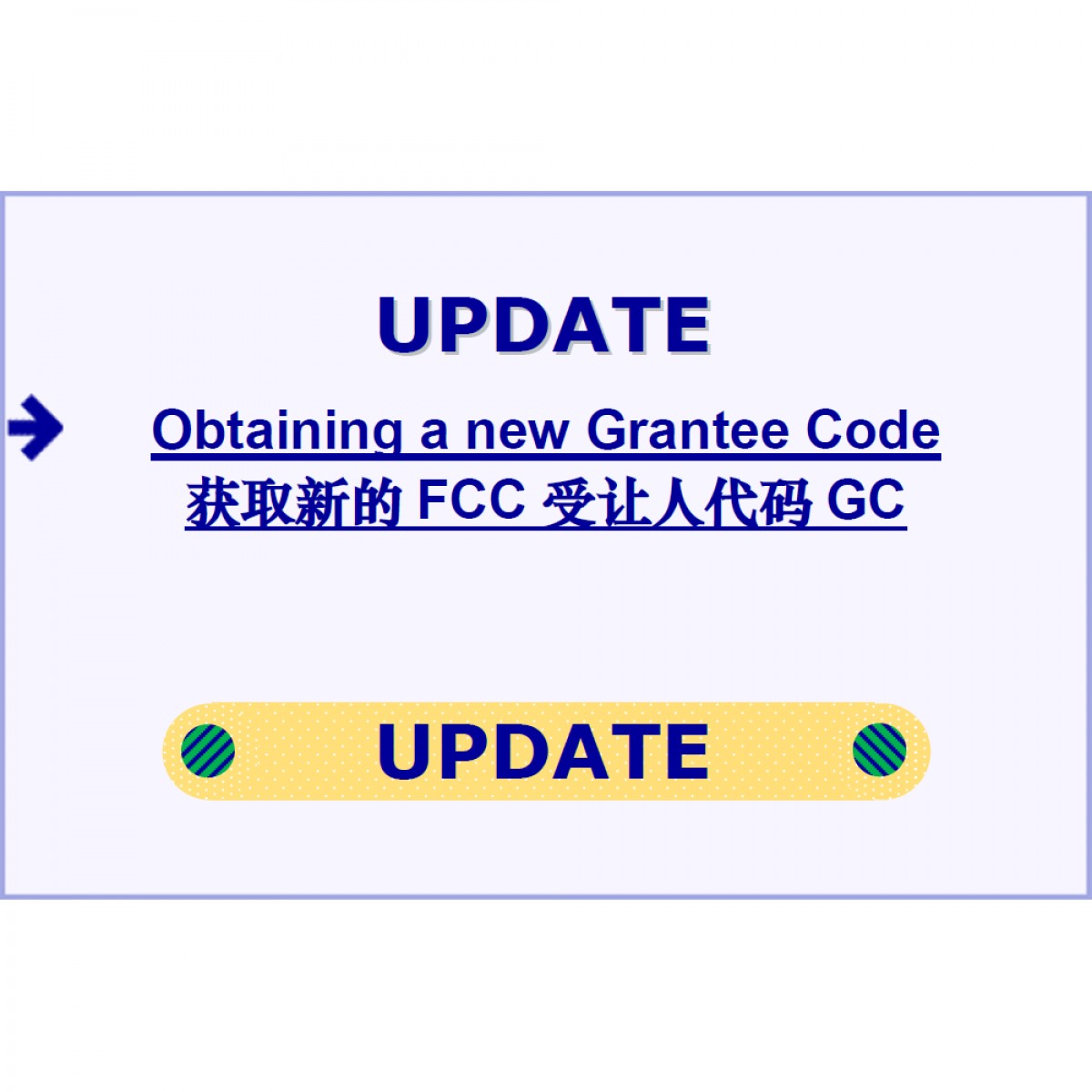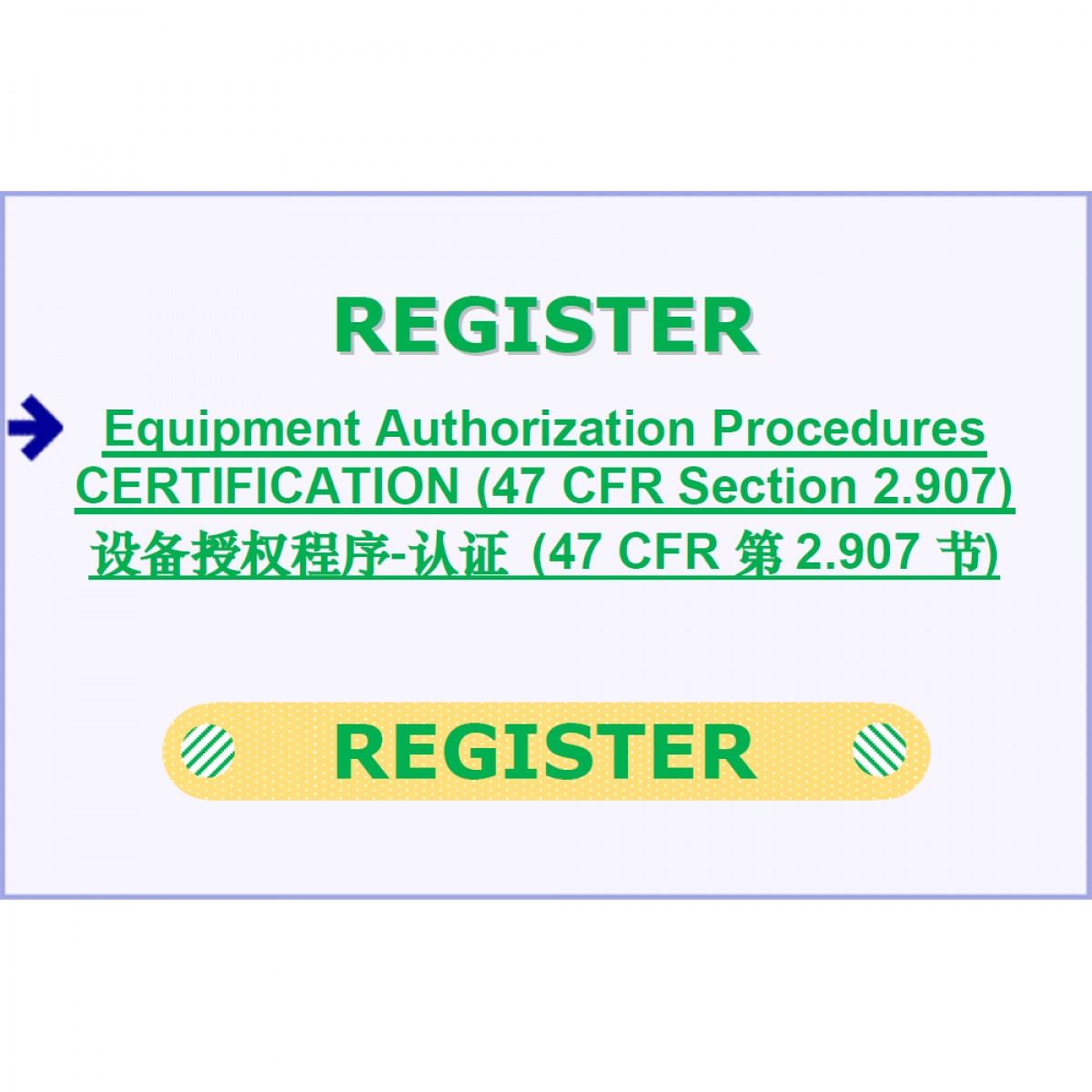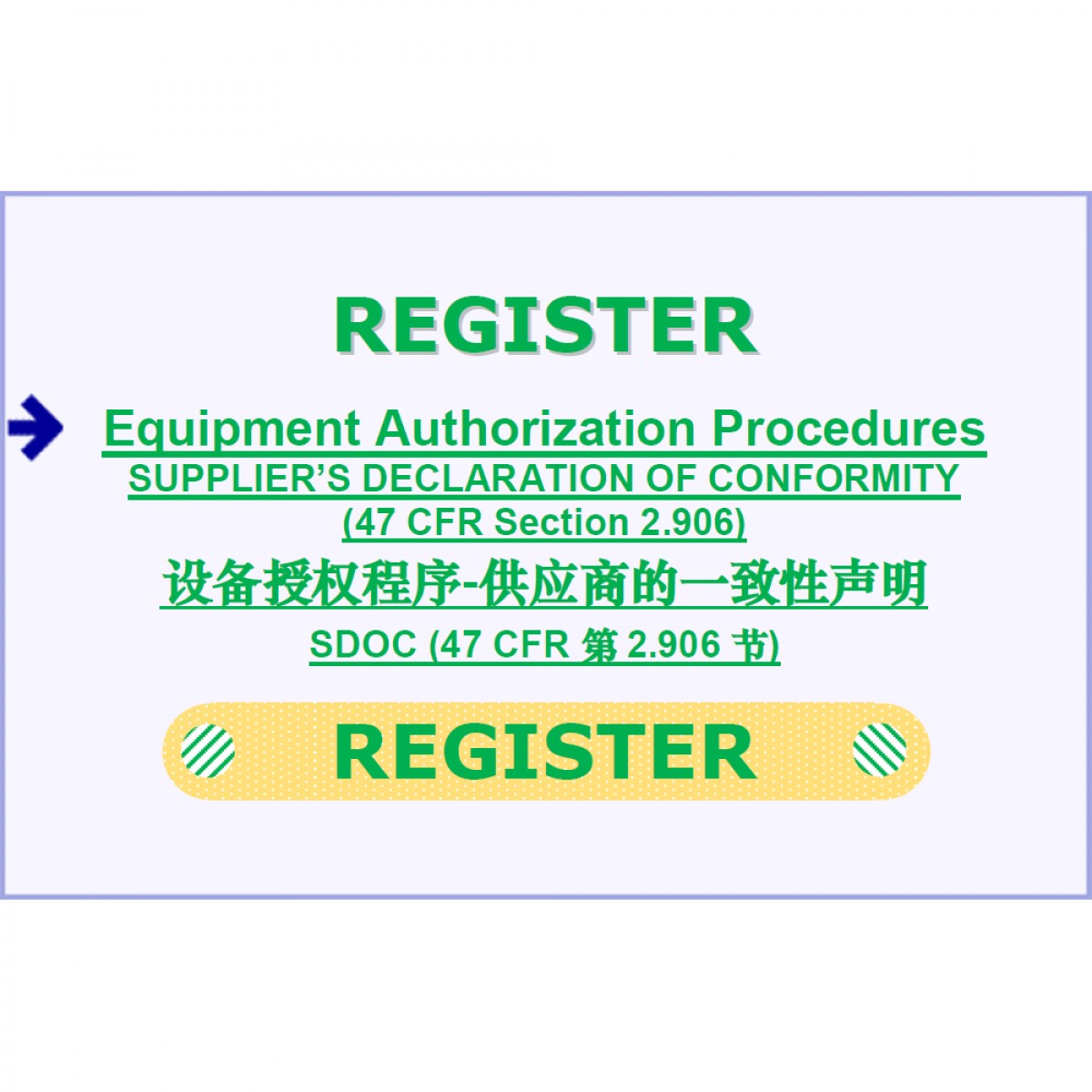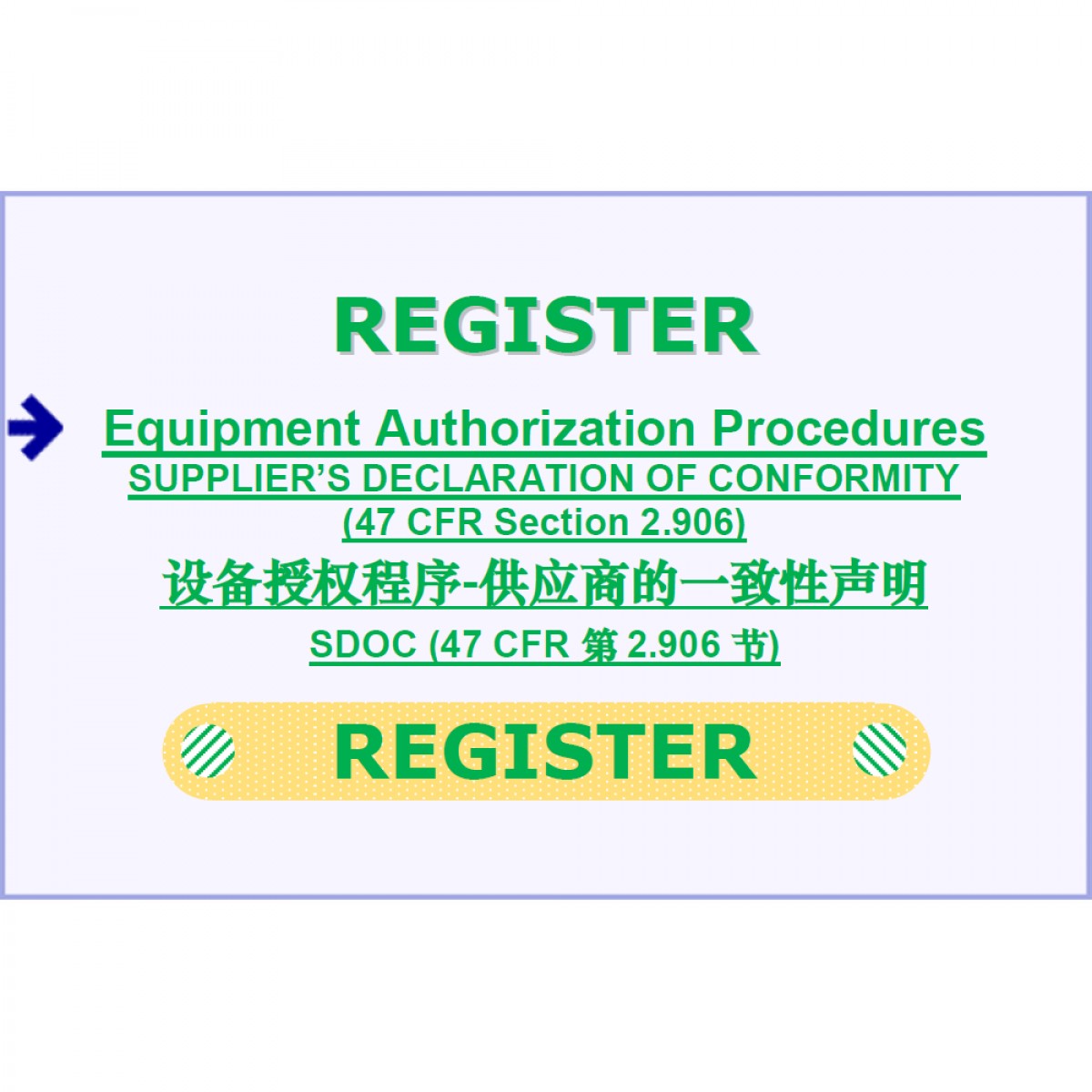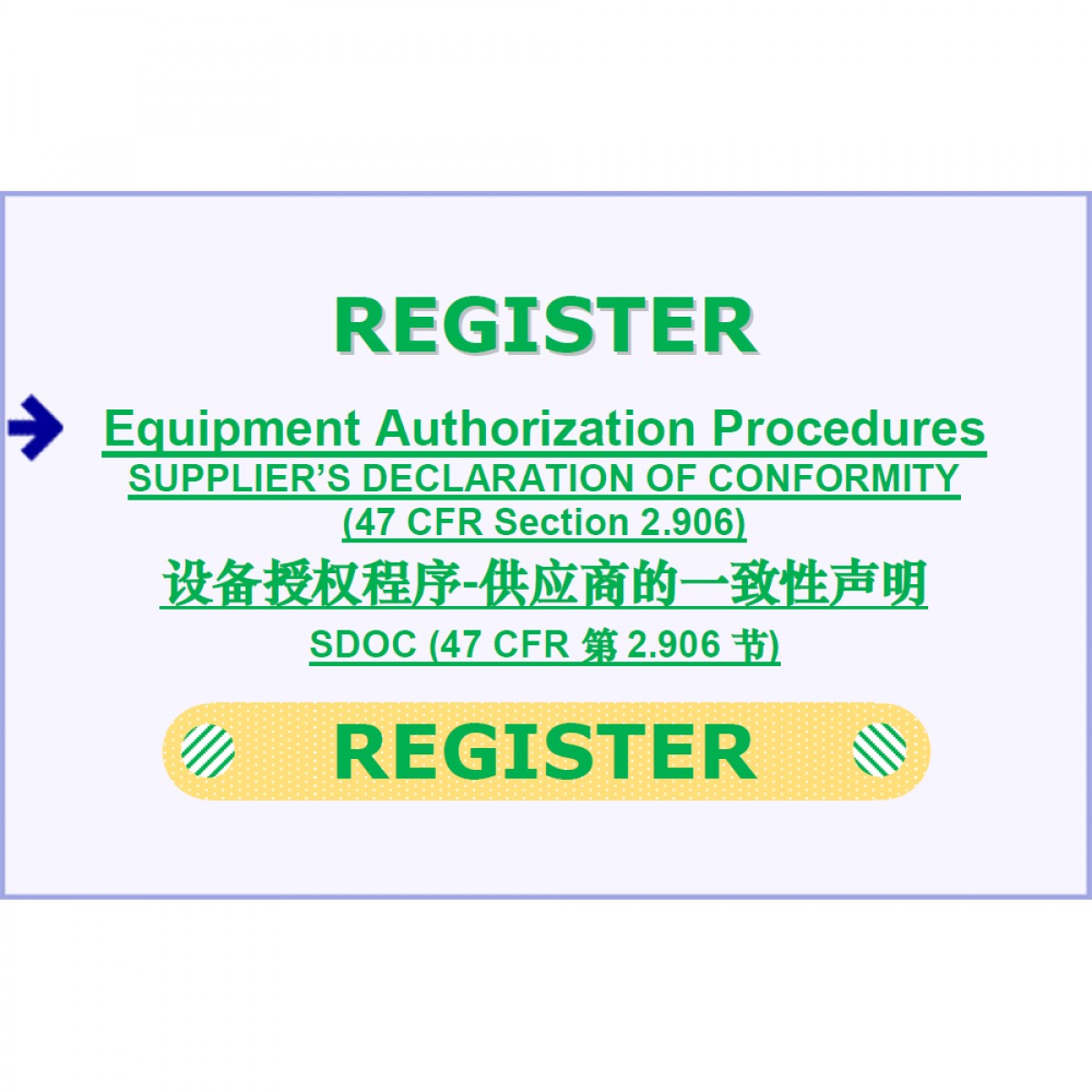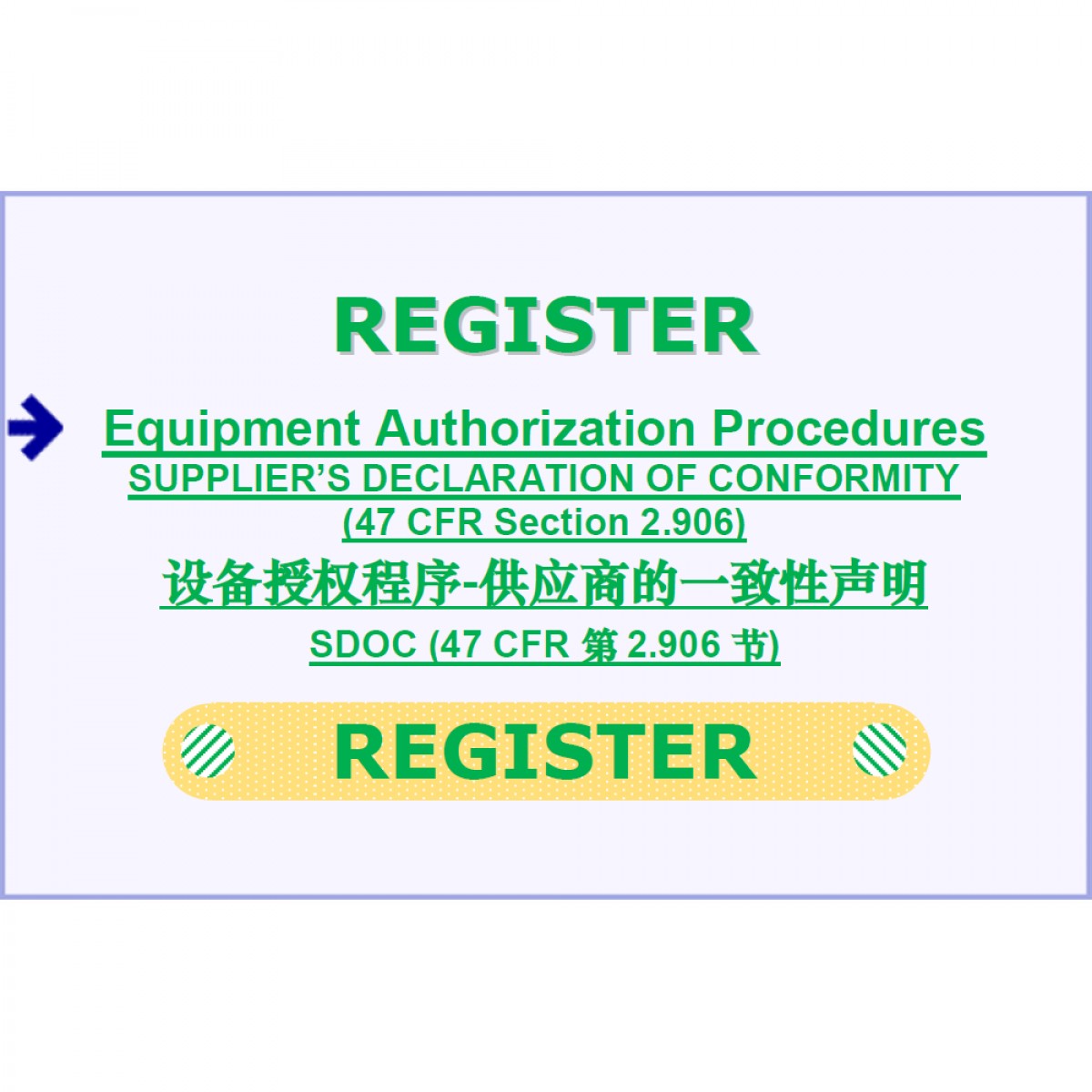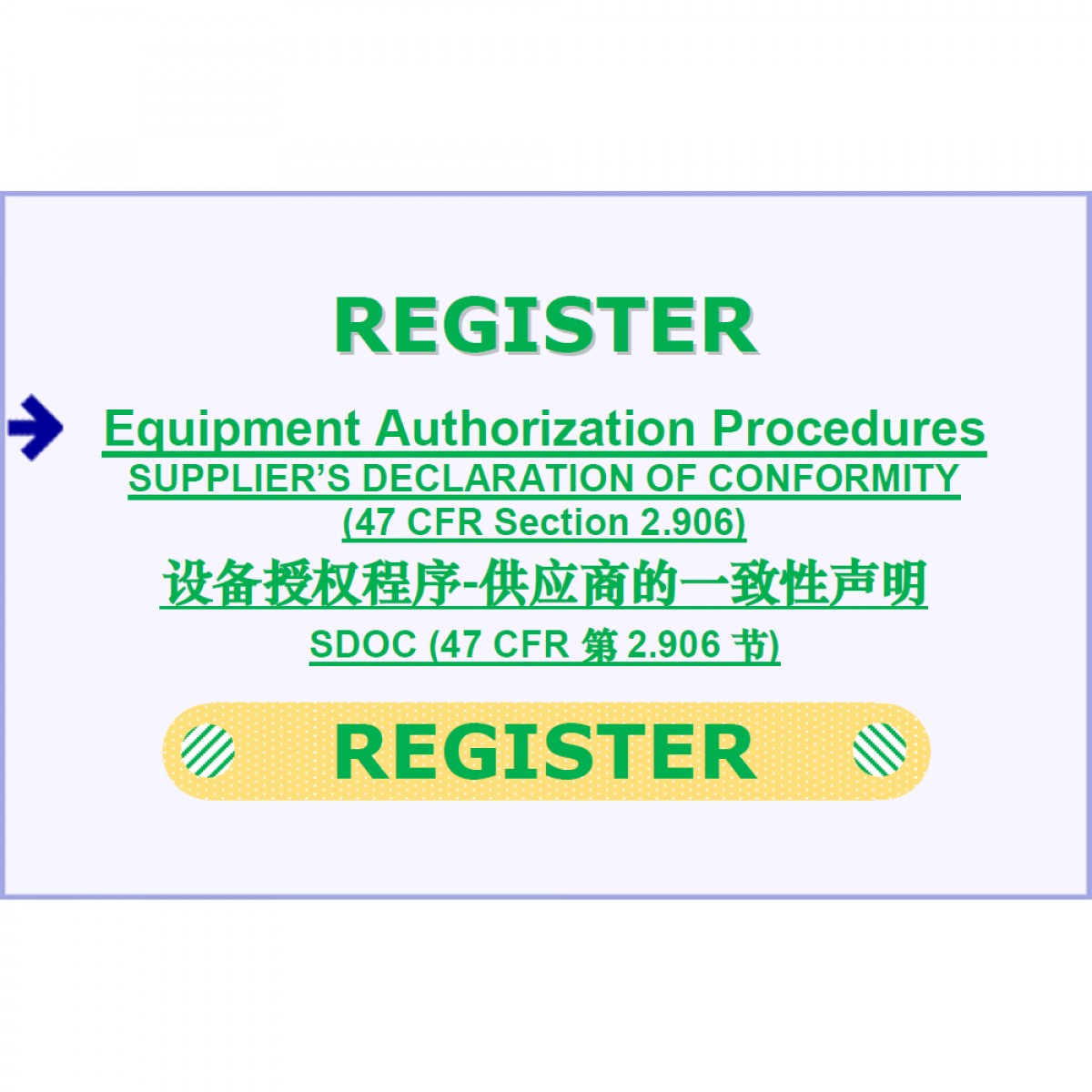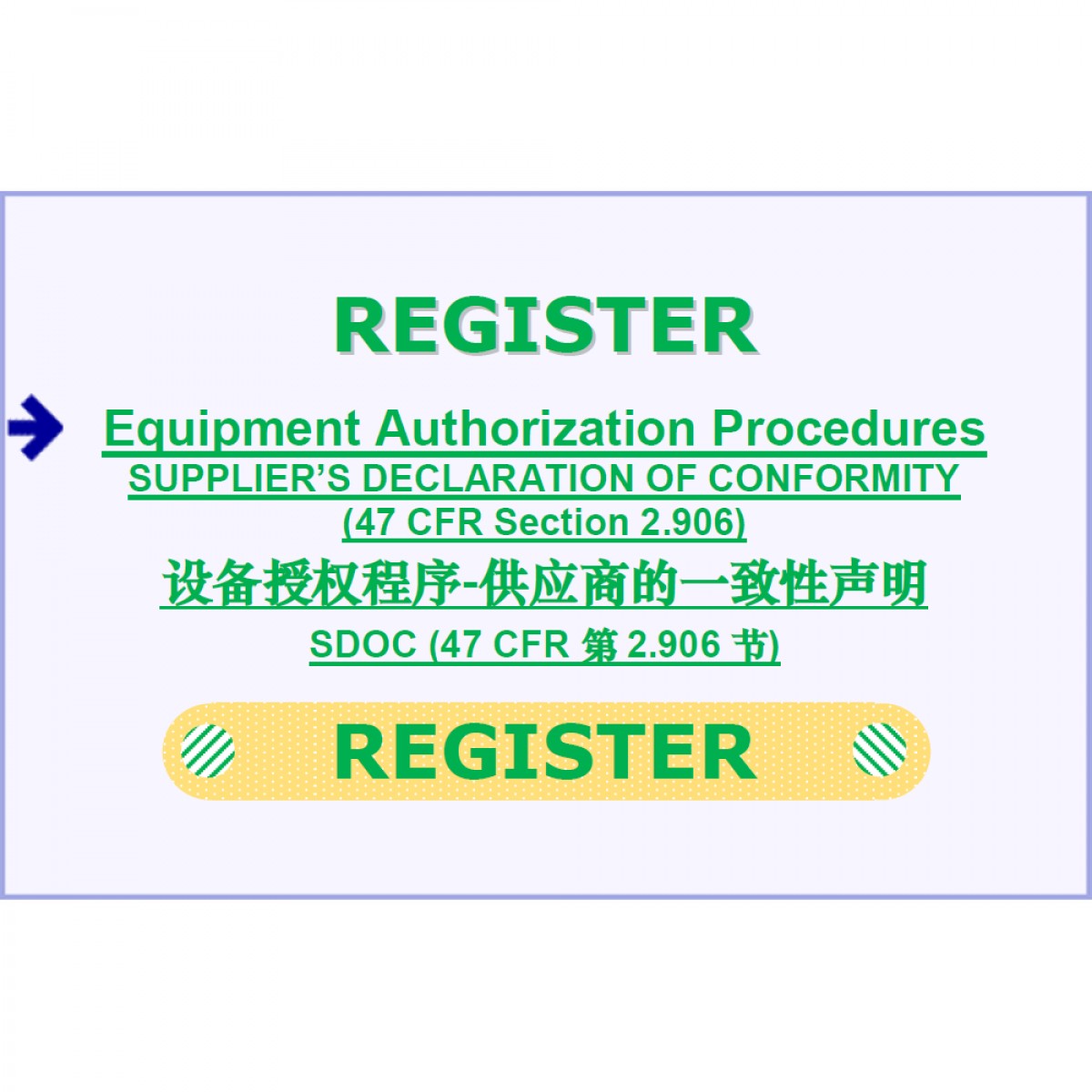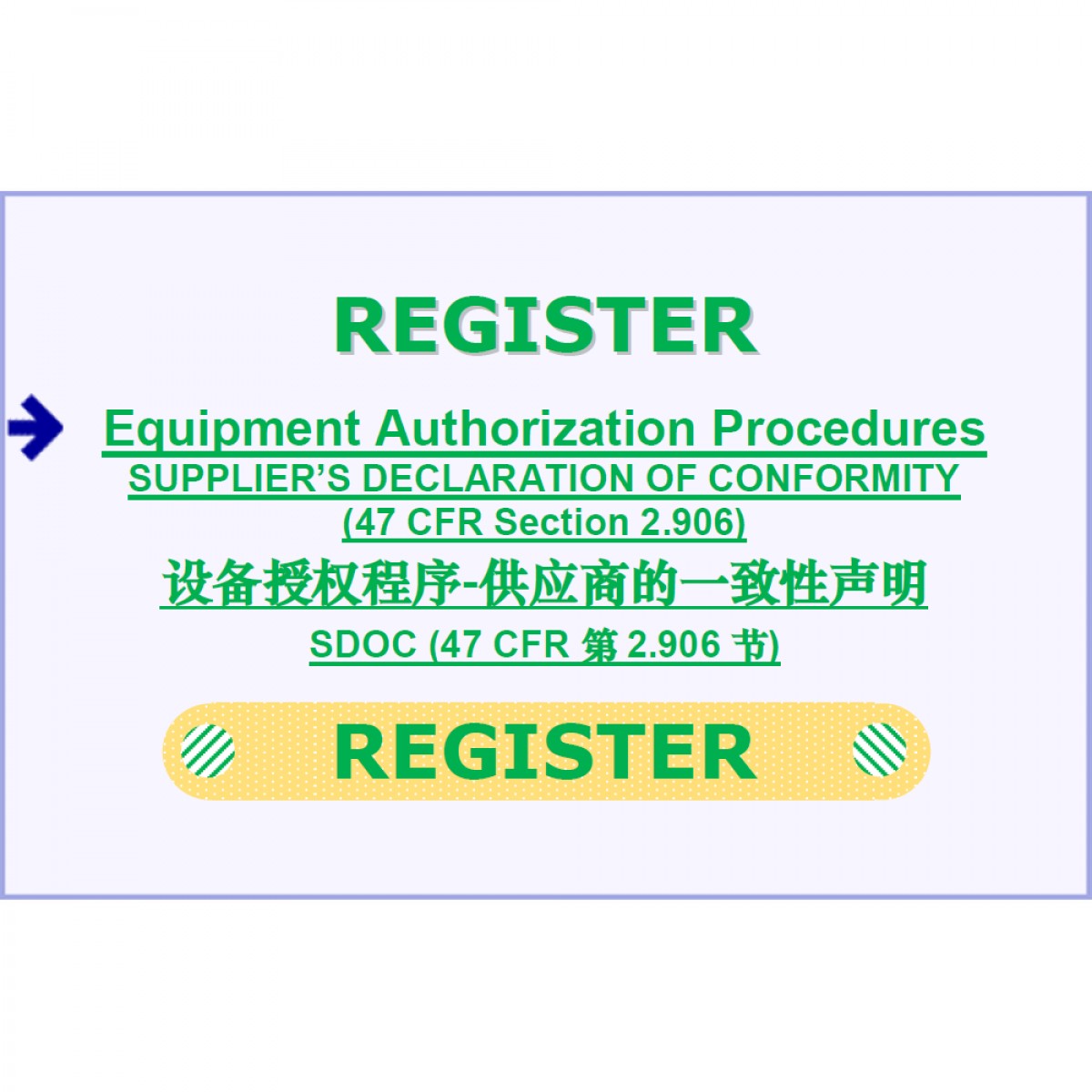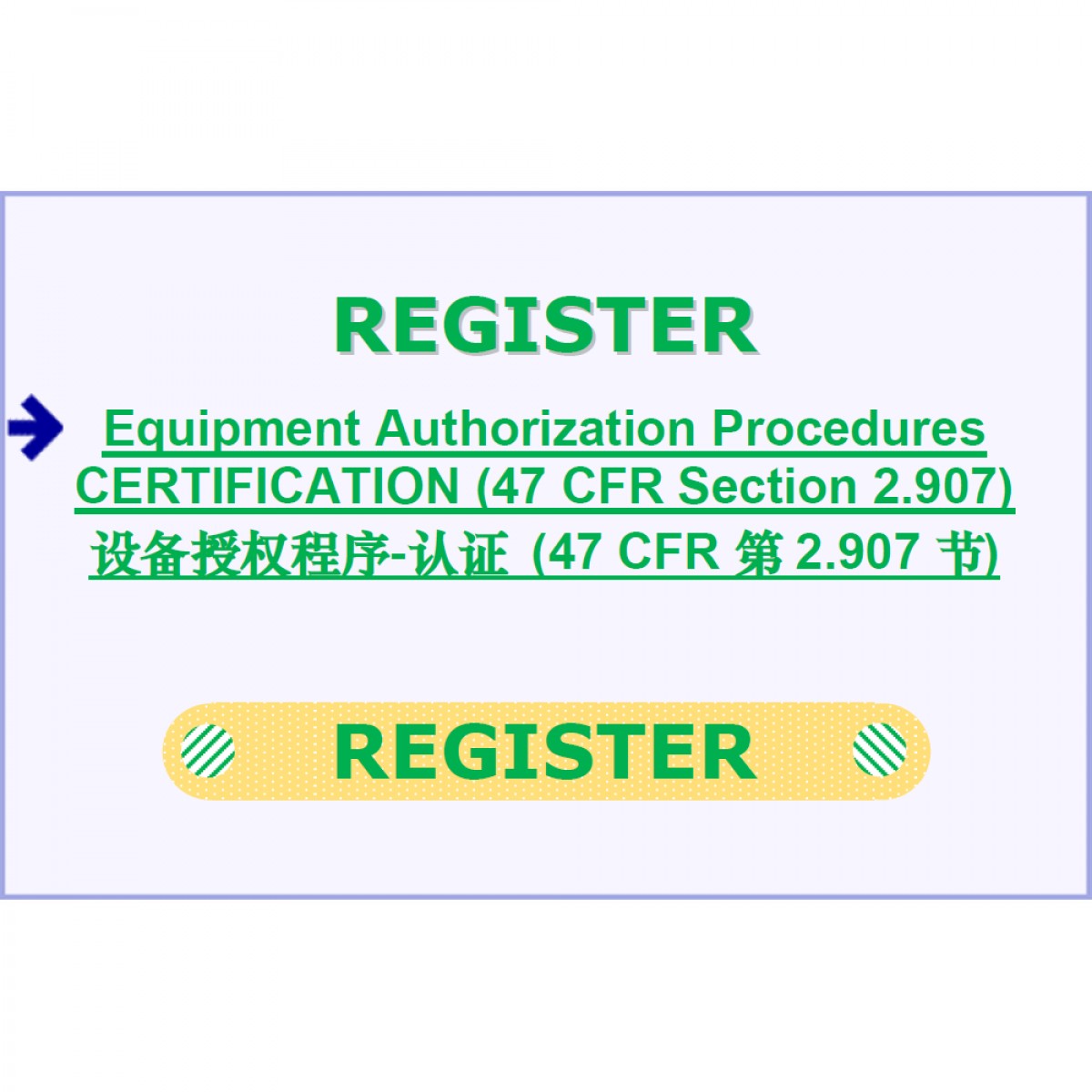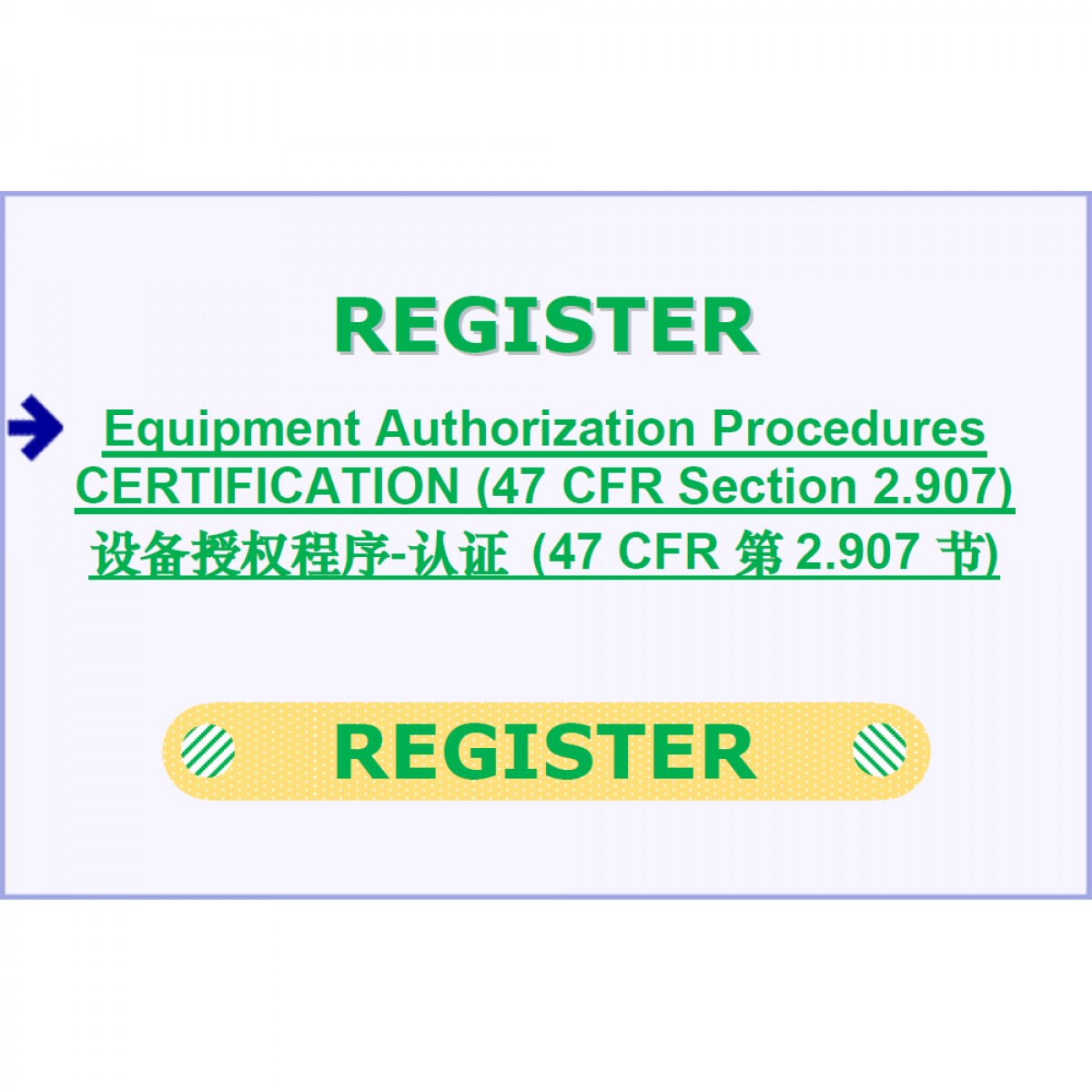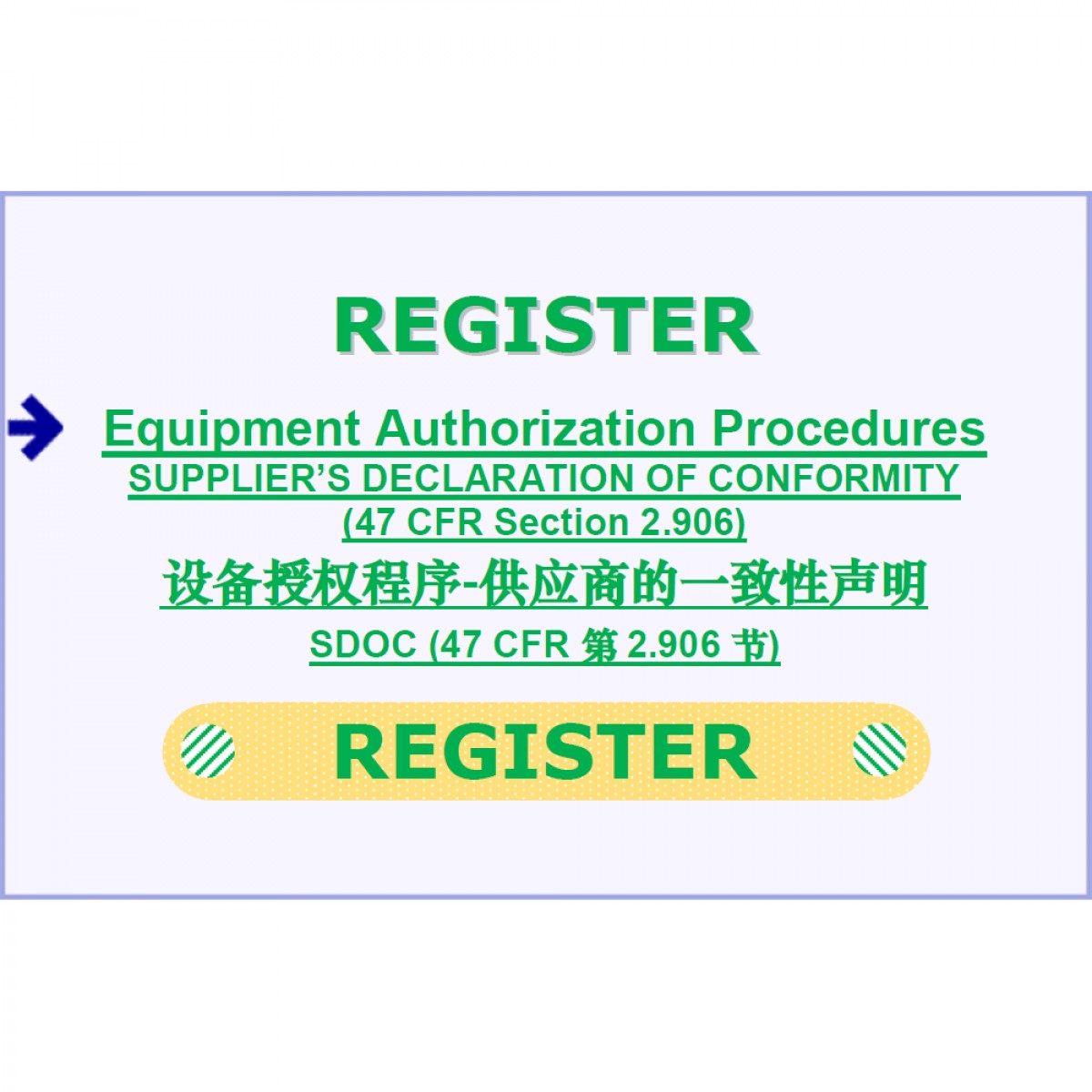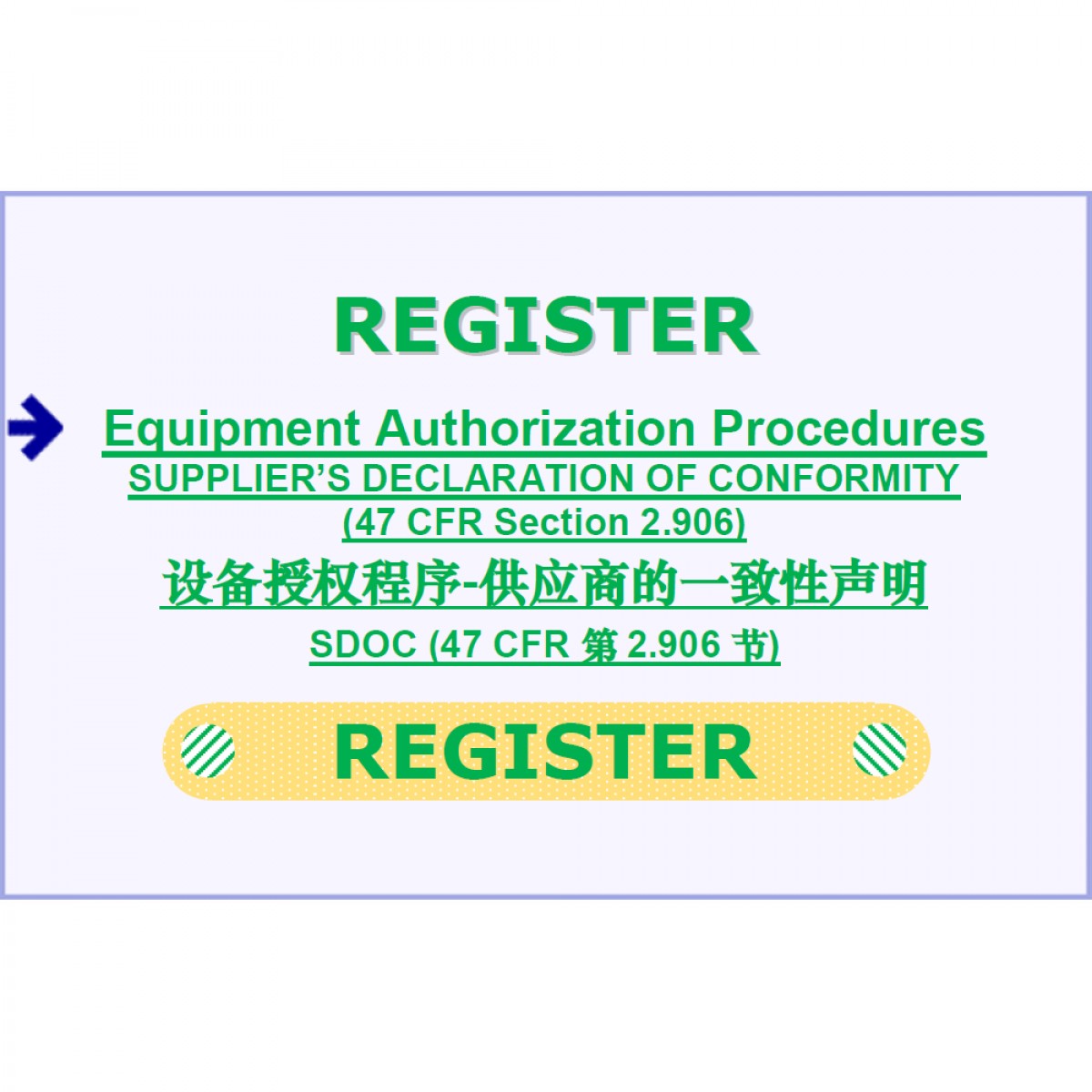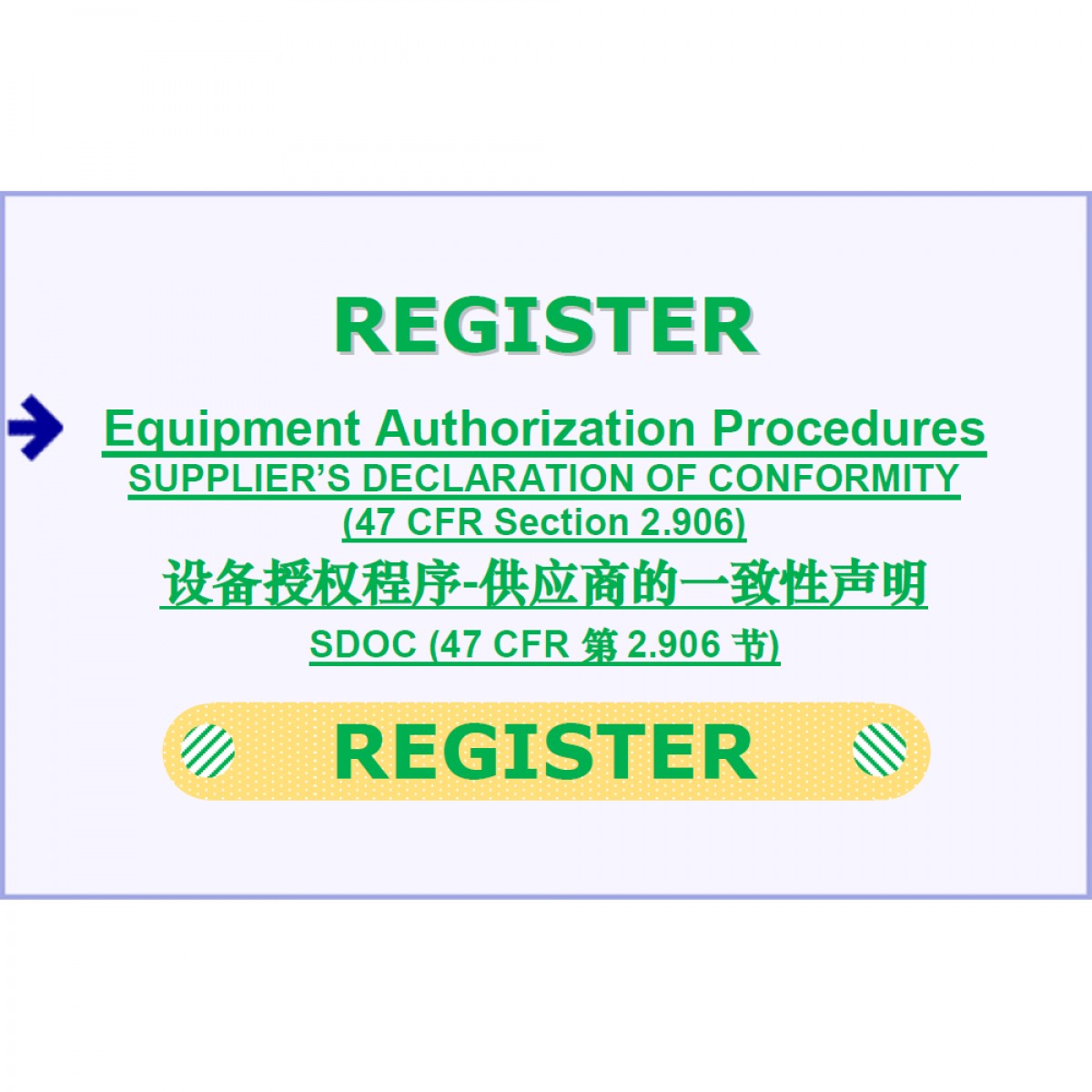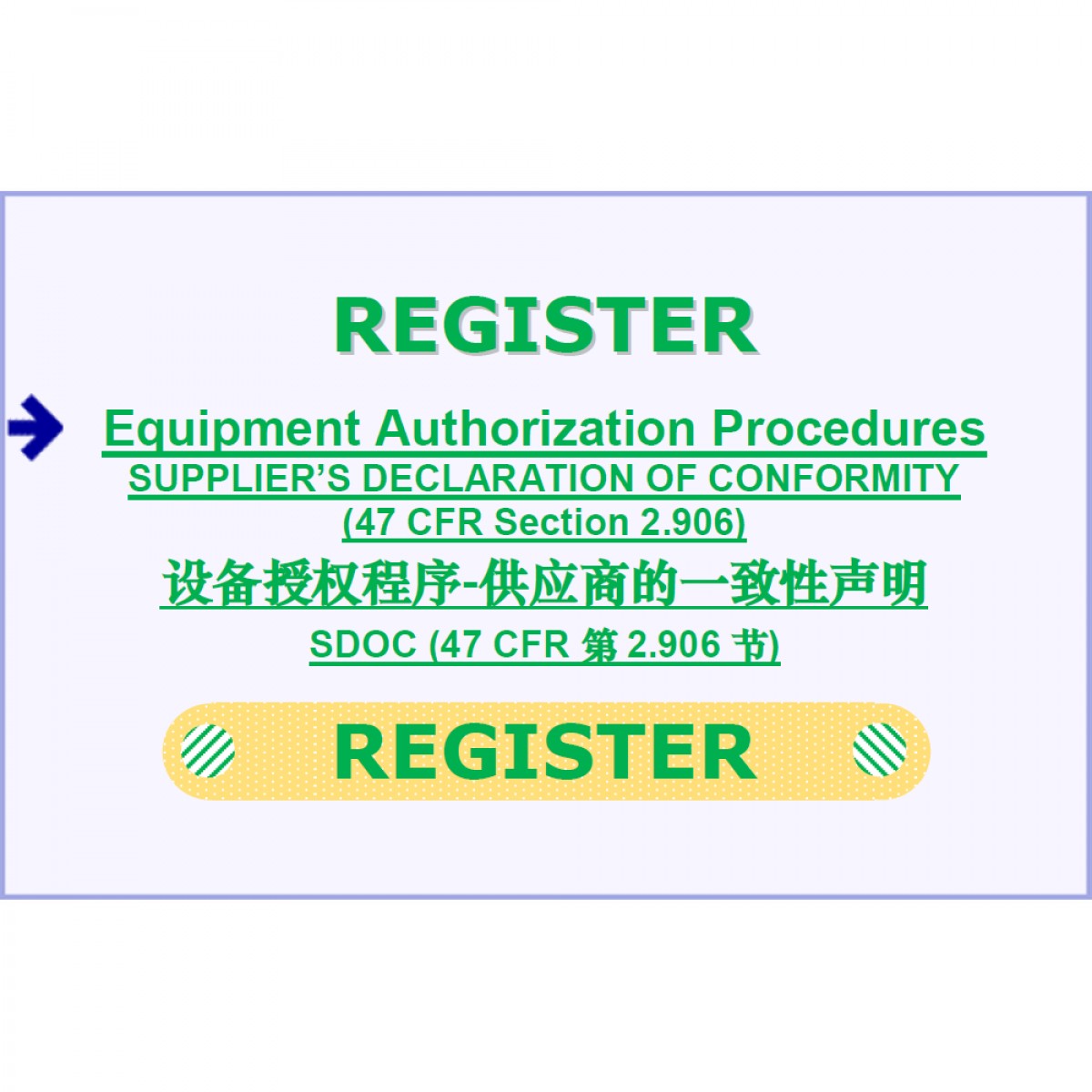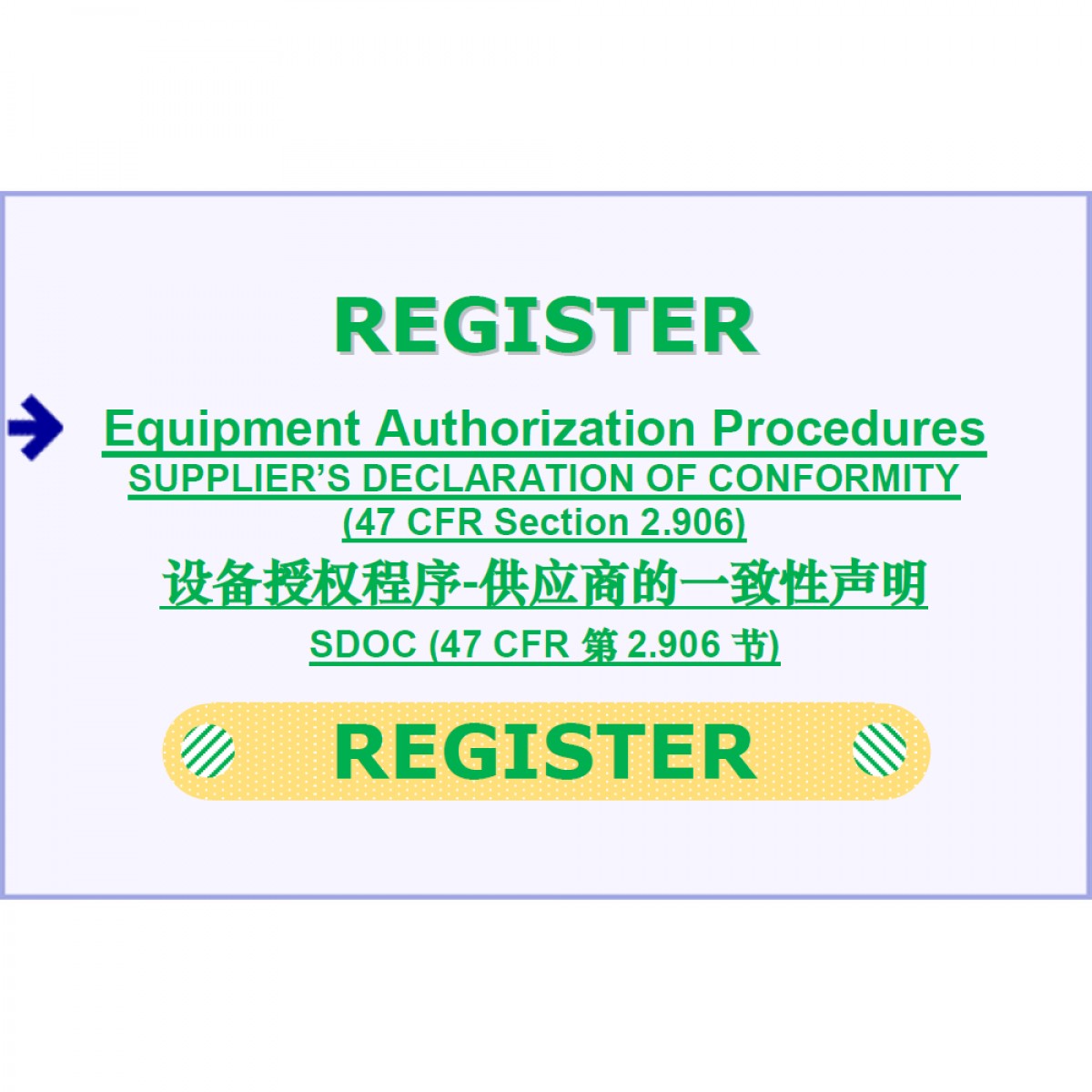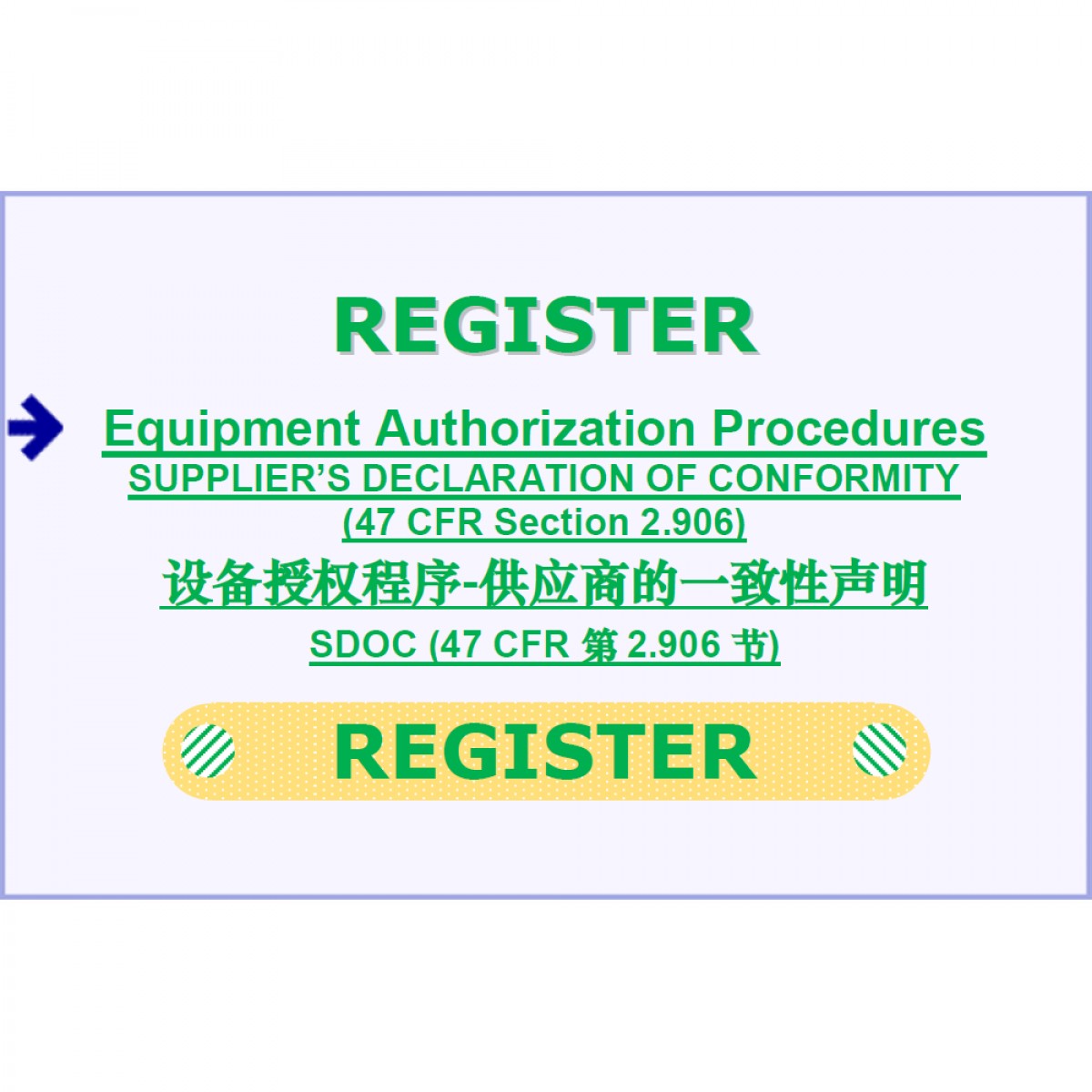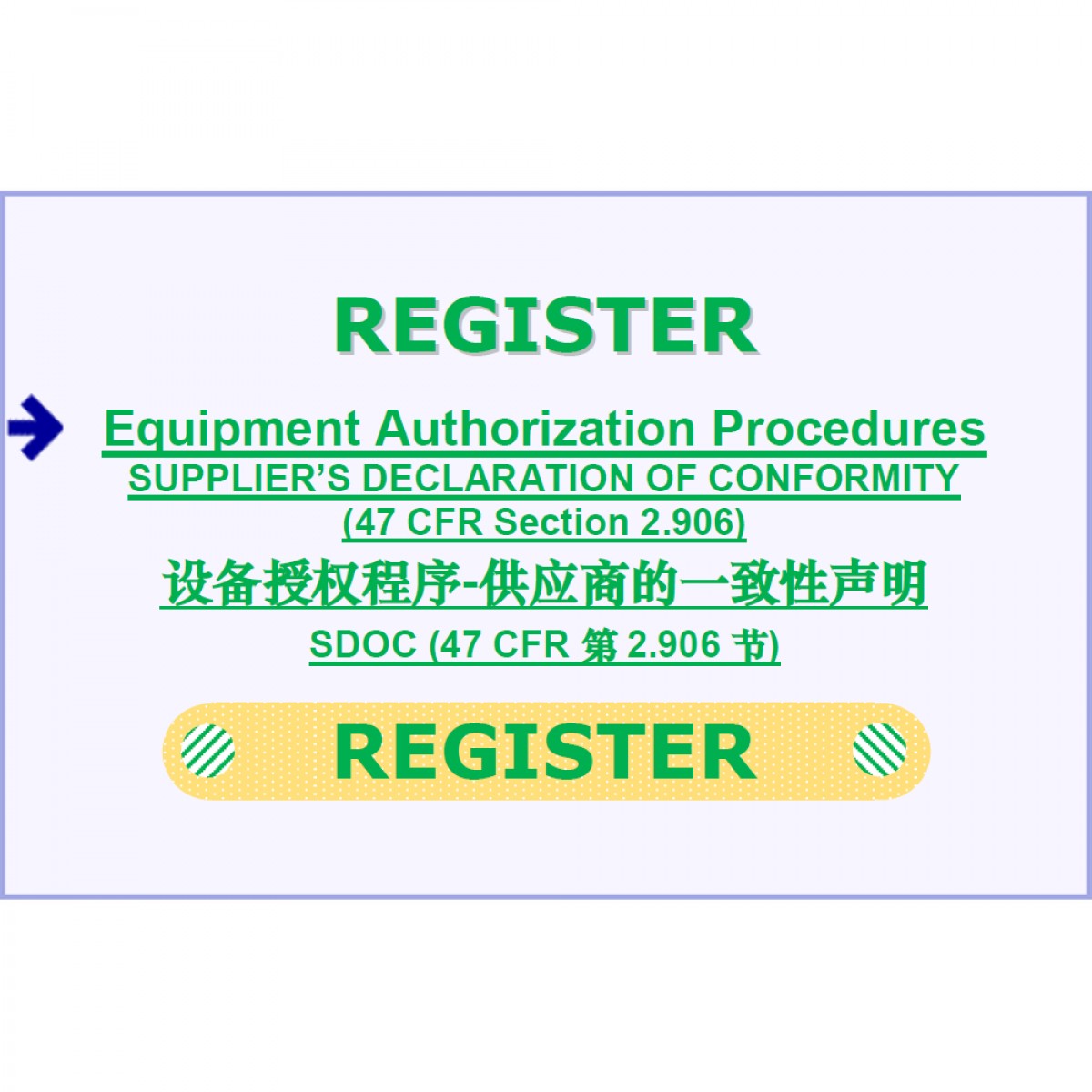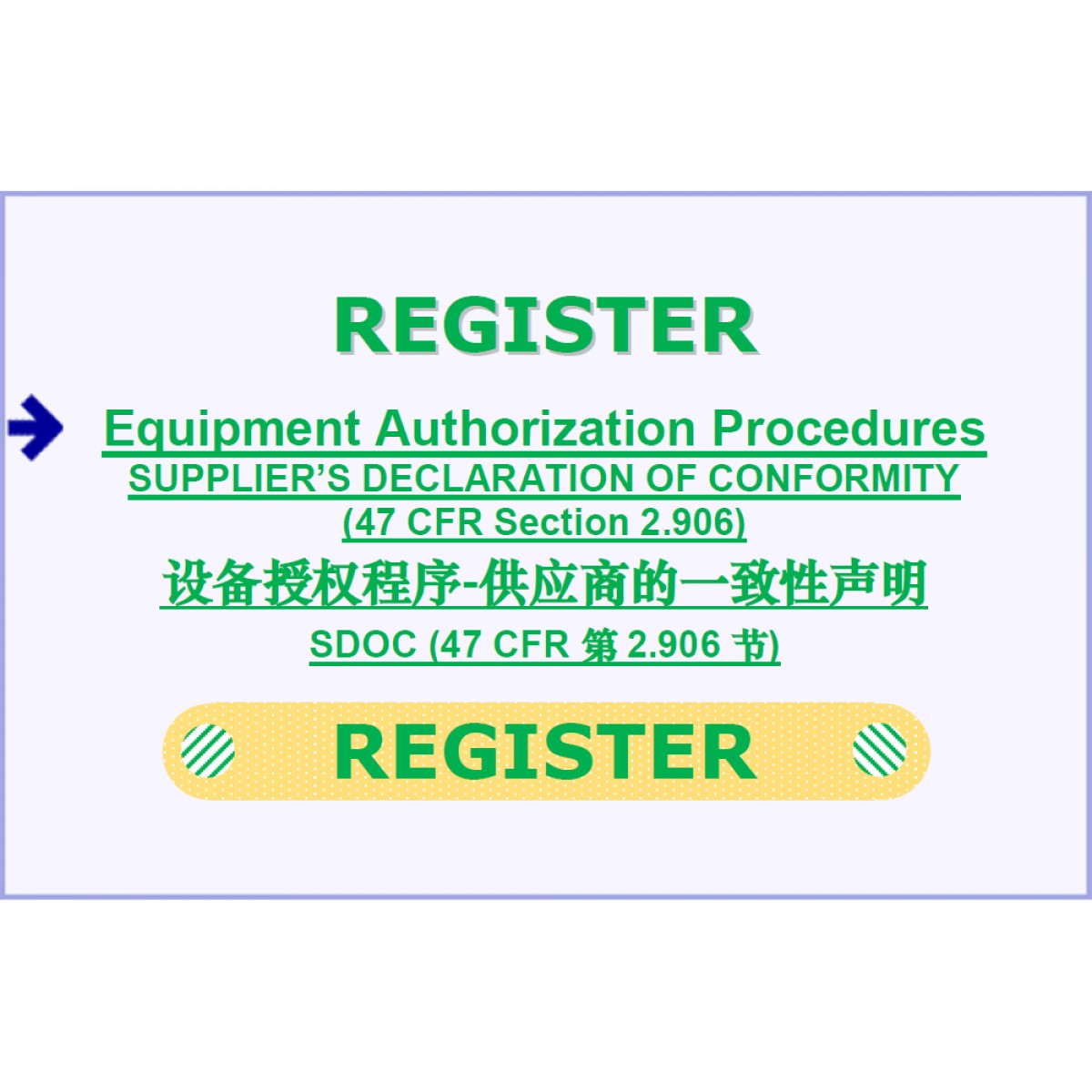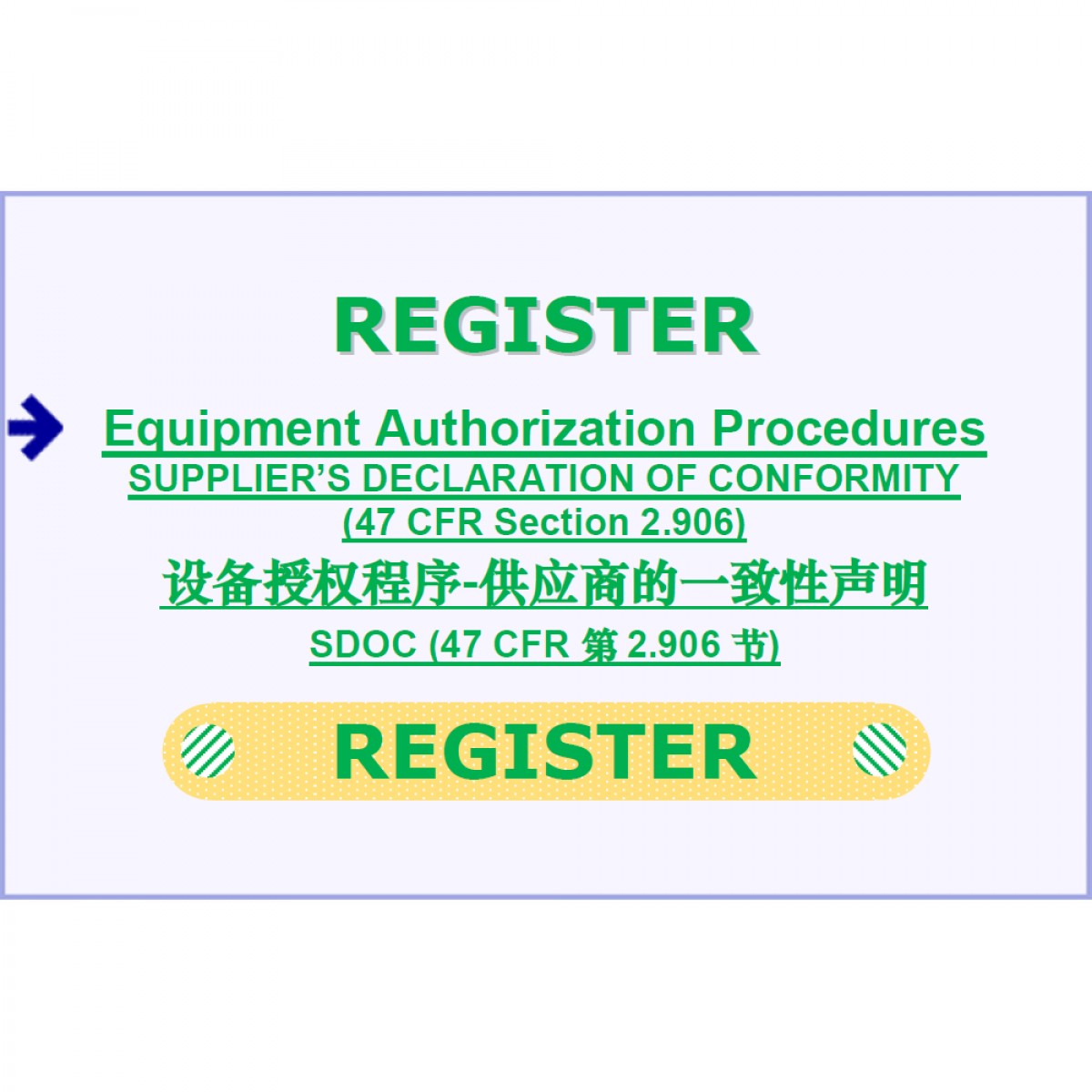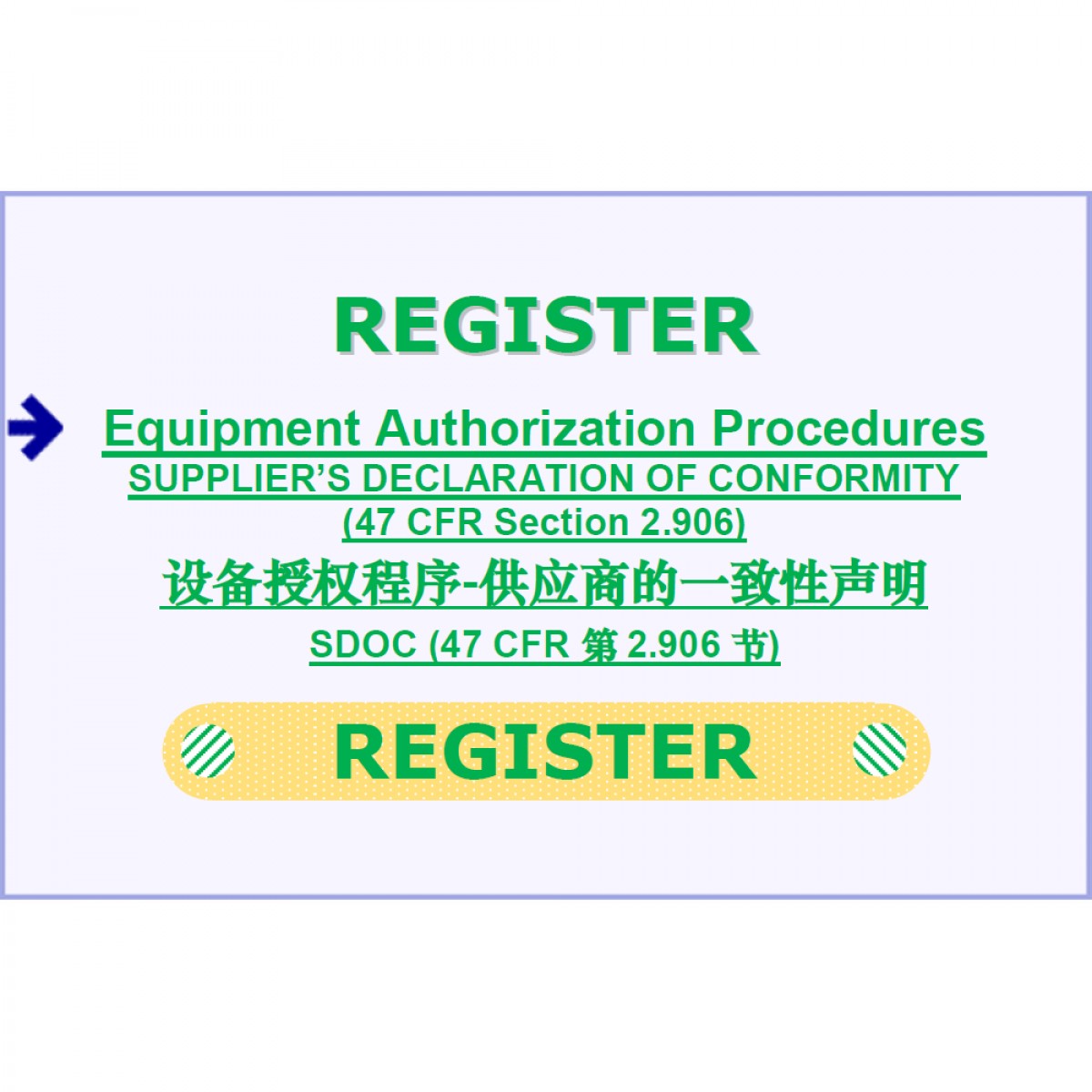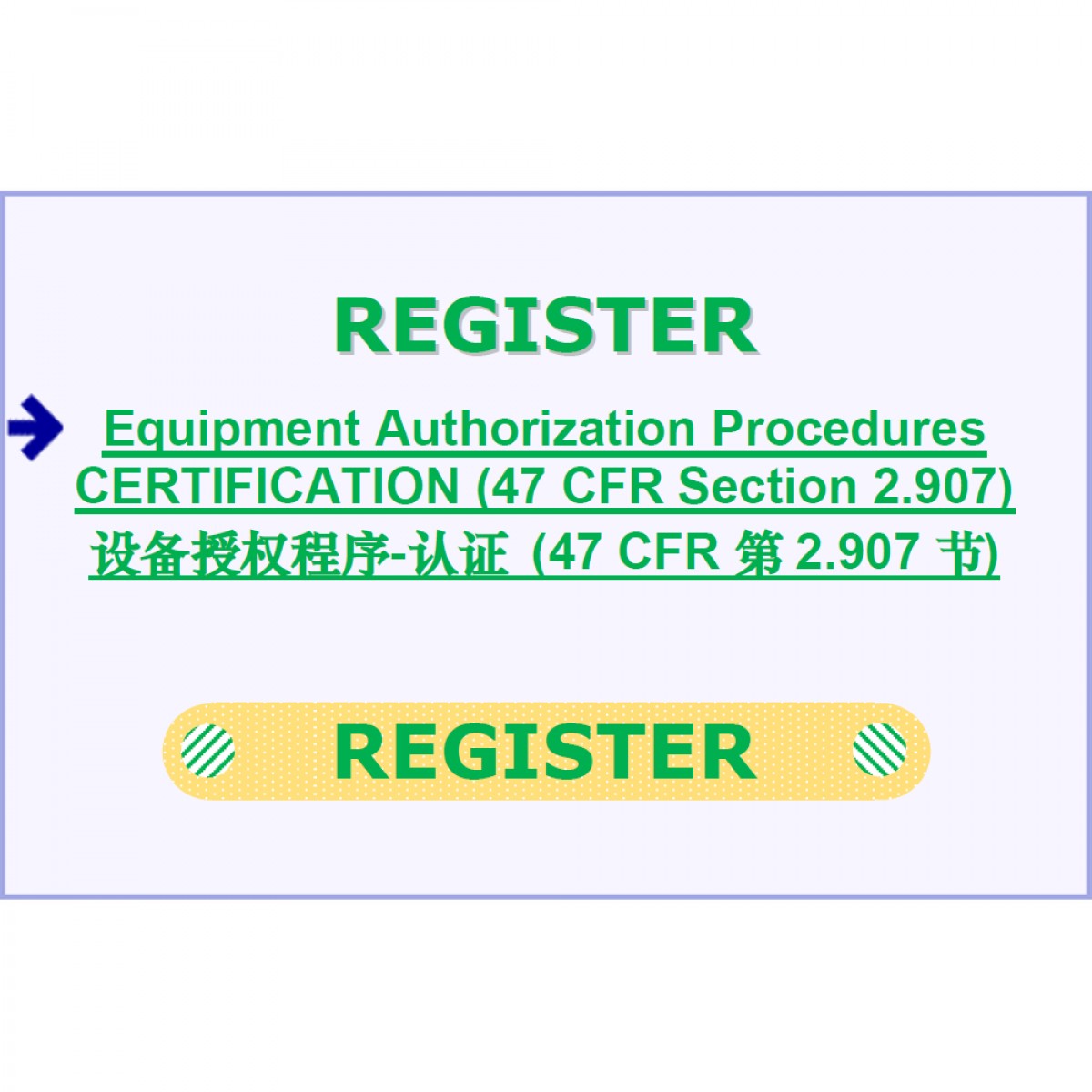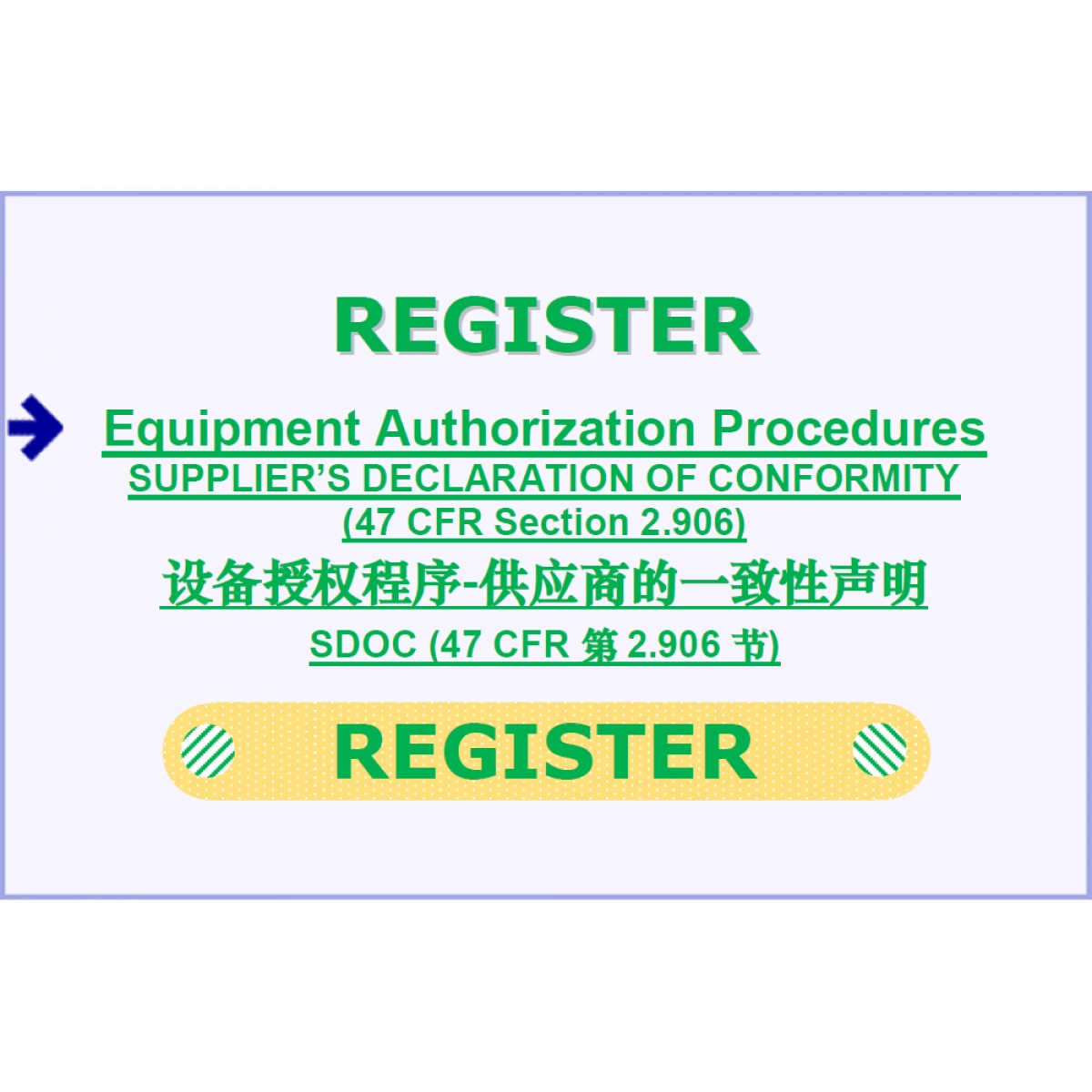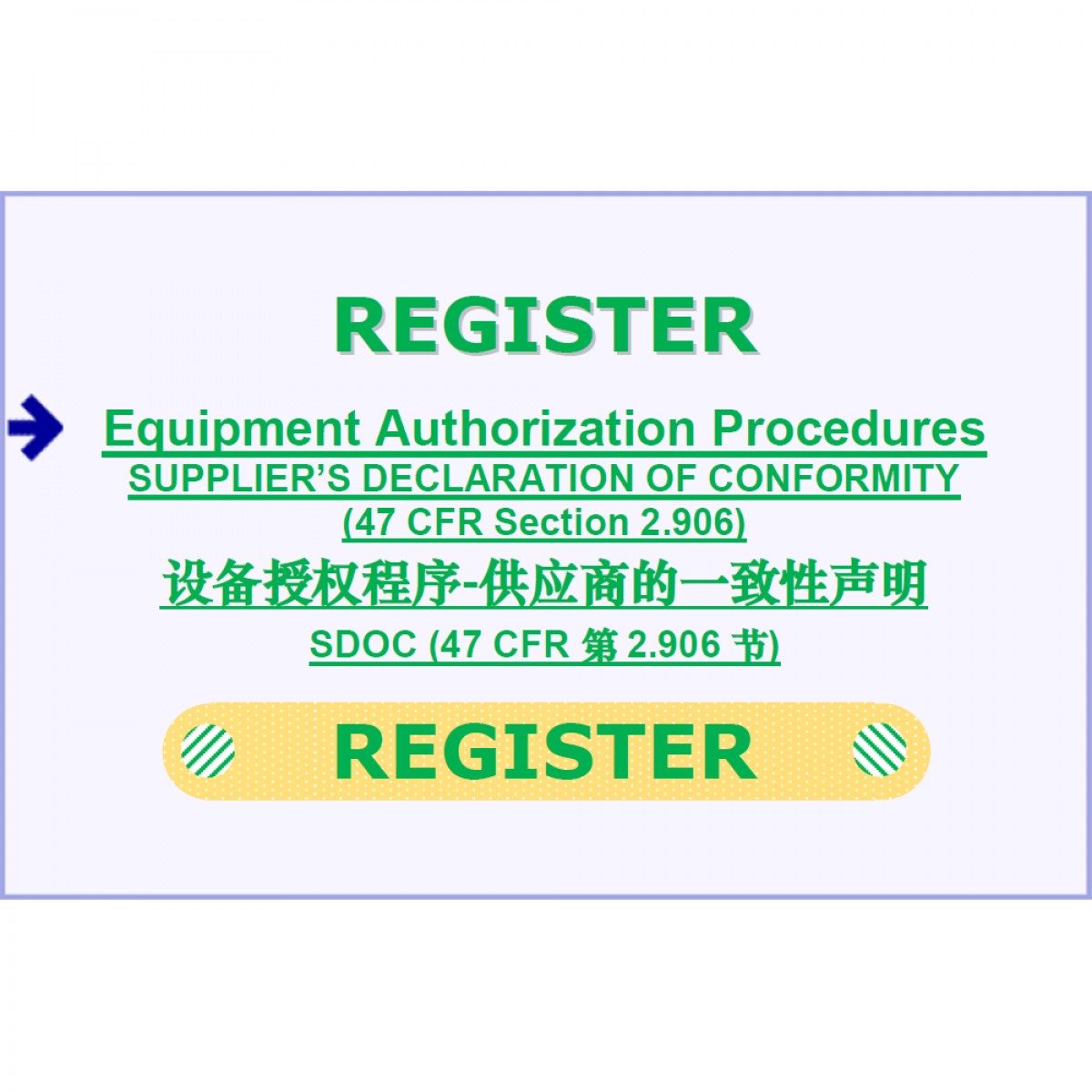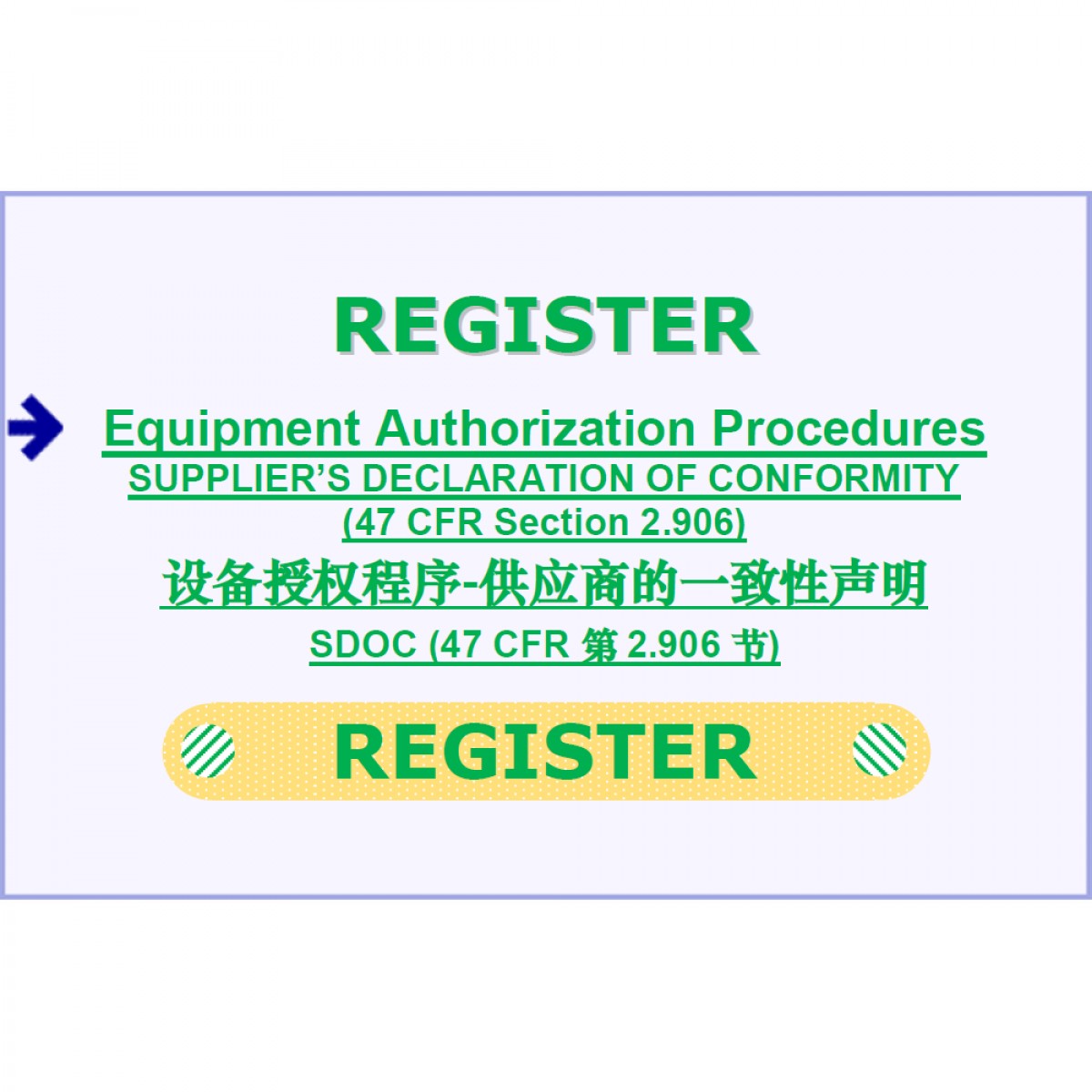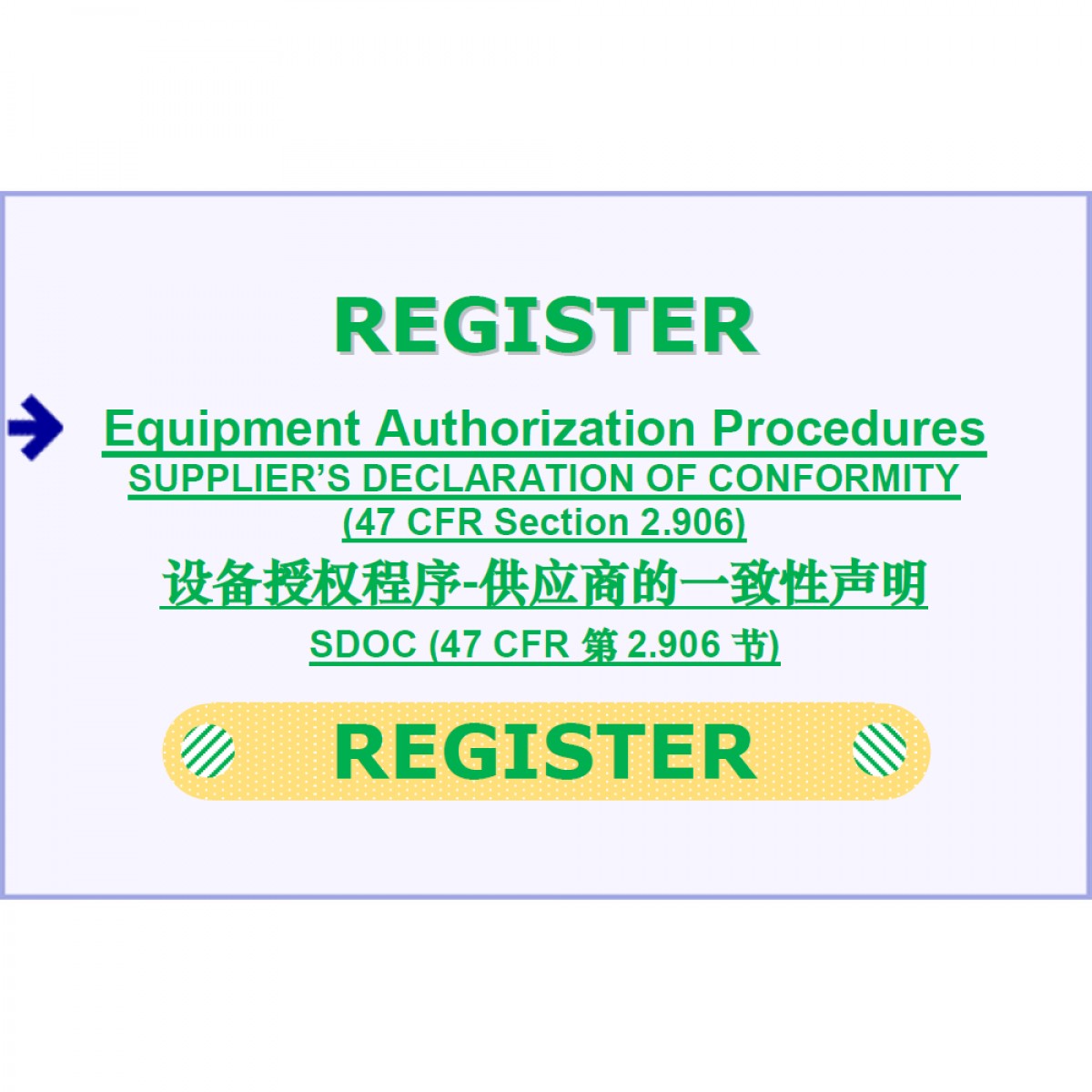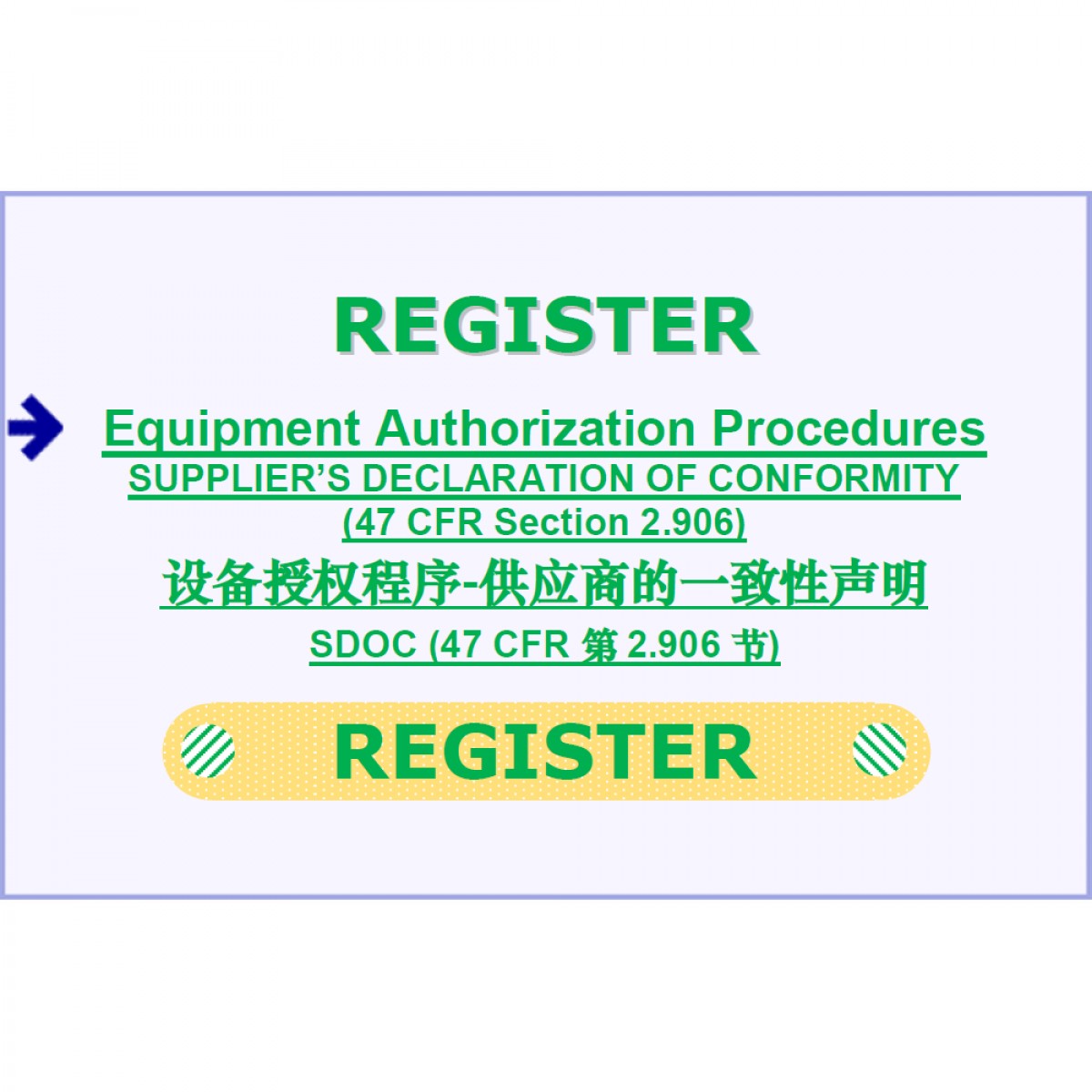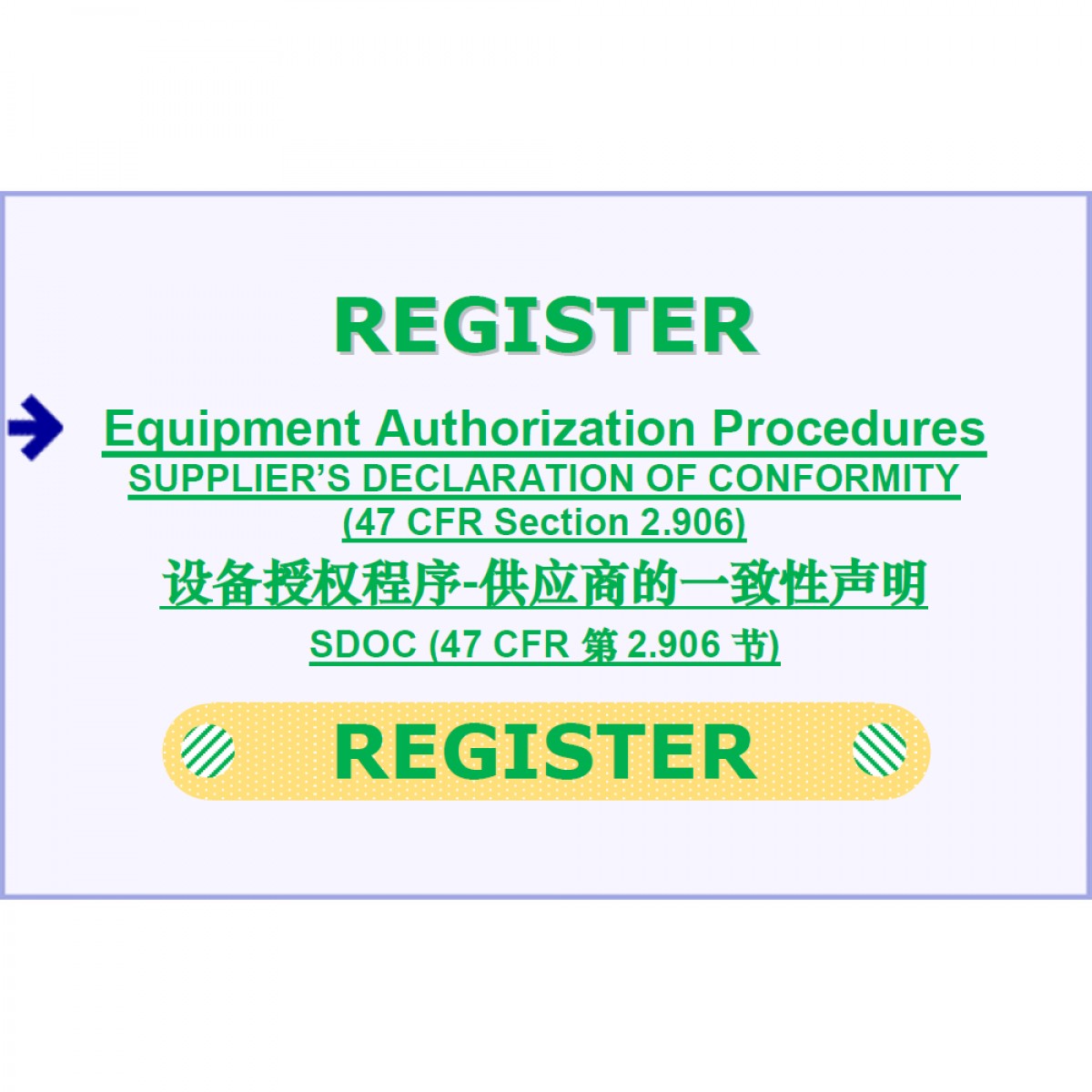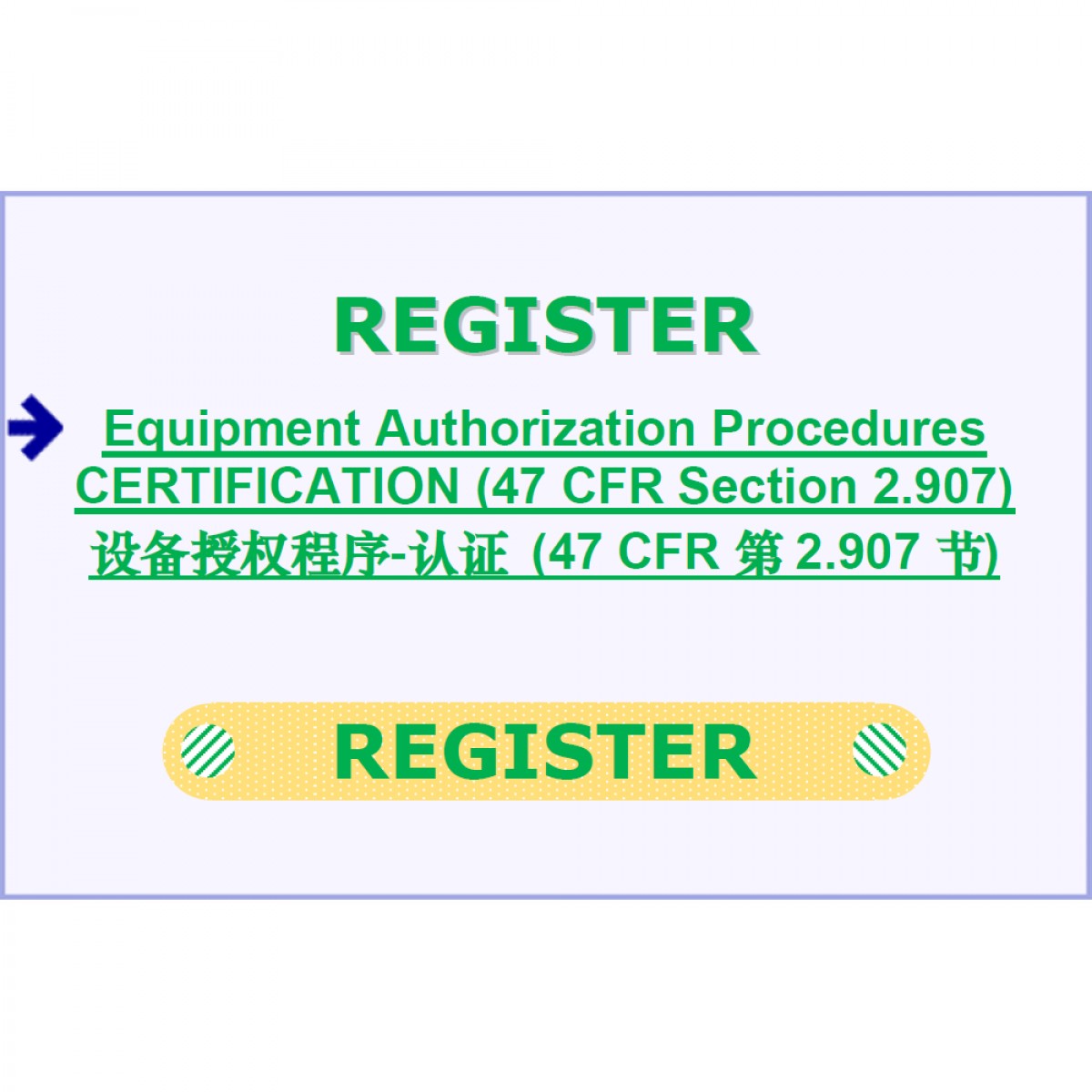USA FCC Guide for EMC
USA Market Access for EMC
In order to access the market of the USA, products must be approved according to the existing legislation and get the required document of conformity.
Electrical and electronic equipment manufacturers planning to sell their products in the United States must ensure that their equipment doesn't interfere electromagnetically with other products or cause harm.
The Federal Communications Commission (FCC) is the regulatory body:
responsible for telecommunications type approvals
in charge of the development, enforcement, and implementation of regulations set forth by the Congress in the Communications Act of 1934 and the Telecommunications Act of 1996
oversees and enforces requirements for radio devices, per Title 47 of the Code of Federal Regulations (CFR)
The Federal Communications Commission regulates interstate and international communications by radio, television, wire, satellite, and cable in all 50 states, the District of Columbia, and U.S. territories. The FCC is also the competent body that sets the rules and technical standards regarding the various types of electronic equipment, including radio frequency, telecommunications terminal, industrial, scientific and medical equipment.
The FCC authorization process begins once your product is ready for mass producion and selling to consumers. Your device is tested for possible interference to other equipment, correct radio frequency range, and conformity to other telecommunications requirements.
Supplier's Declaration of Conformity (SDoC)
SDoC is a procedure that requires that thу party responsible for compliance ensures that the equipment meets the appropriate technical standards. The responsible party, which must be located in the United States, is not required to file an equipment authorization application with the FCC or a TCB. The equipment authorized under the SDoC procedure is not listed in a FCC database. However, the responsible party or any other party marketing the equipment must provide a test report and other information demonstrating compliance with the rules upon request from the FCC. The testing can be performed at any capable laboratory. It is not necessary to turn to an FCC-accredited laboratory.
Under the FCC Rules, equipment that contains digital circuitry and receivers that tune between 30 MHz and 960 MHz, including the receiver portions of transceivers, must comply with the emissions limitations of FCC Part 15B. These limits regulate unintentional emissions from electronic devices, such as microprocessors and digital equipment, opposed to intentional transmitters, like Wi-Fi, Bluetooth, and other radio devices.
The SDoC approval process is now used for both Class A and Class B equipment.
The FCC warning statement must still be on the label or provided with documentation to consumers. The FCC logo is now voluntary.
Devices subject to SDoC have the option whether to place FCC ID or not.
△ The above picture and text are from the Internet. If there is any infringement, please contact us in time and we will delete it immediately.
As the first global market access digital platform, BWTCmall.com offers a new and unprecedented online service experience for its many users.
As a technology-driven company, BWTCmall.com is committed to developing a powerful and scalable platform that not only enables global manufacturers to quickly and accurately find the best way to reach the global market, but also to experience cost-effective cutting-edge technology and services. Let the global market access market truly enter a virtuous circle of fairness, objectivity, harmony and win-win.
Please visit the solution for get your best way of testing and certification / approvals to the target market.


